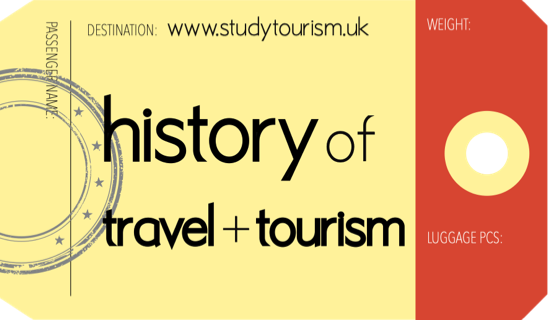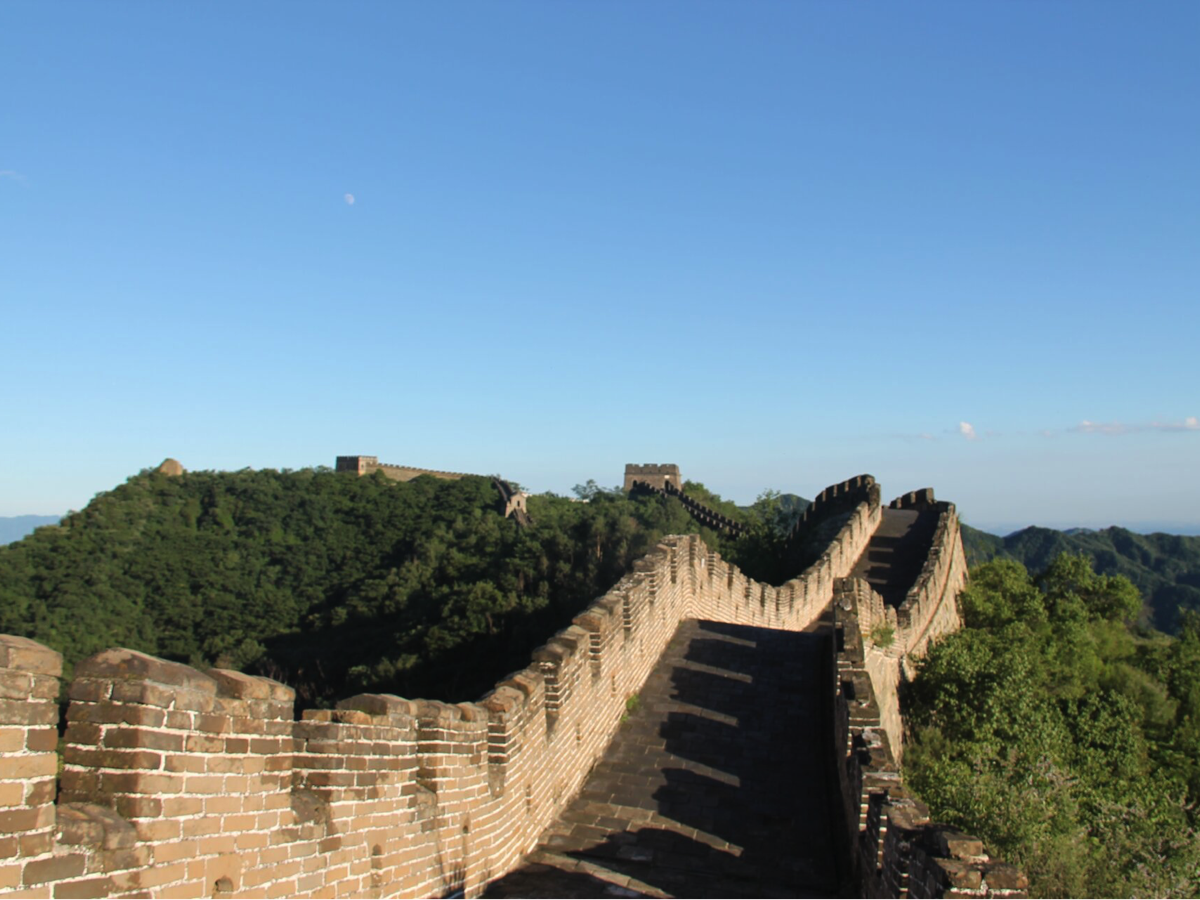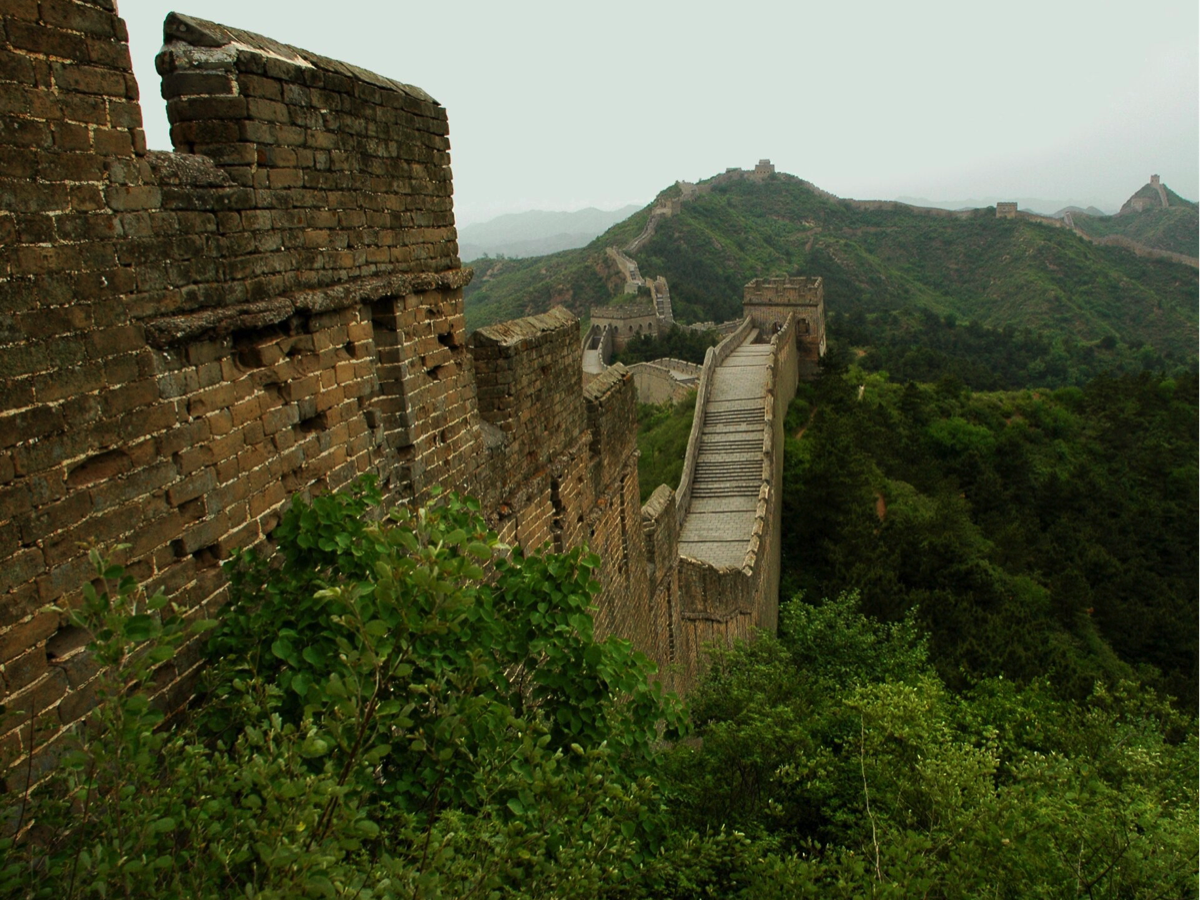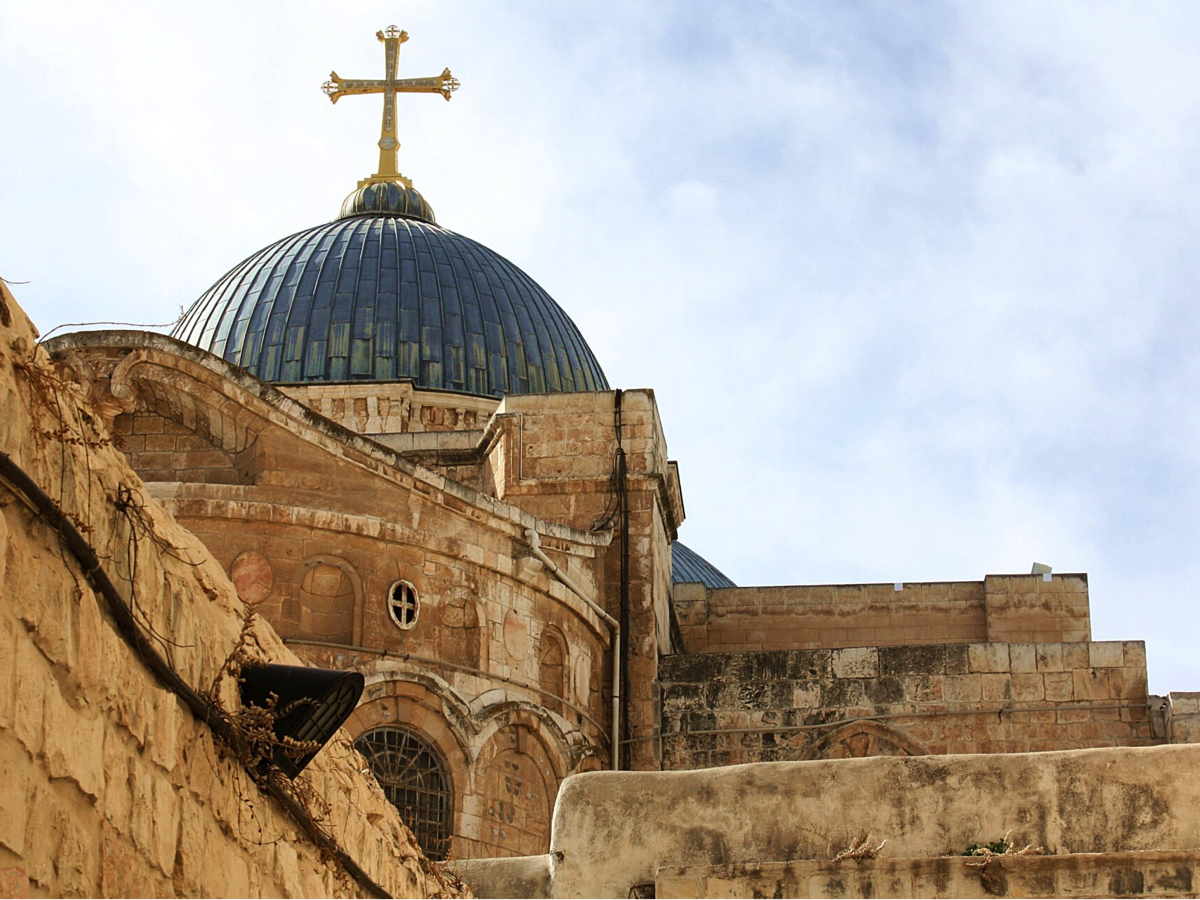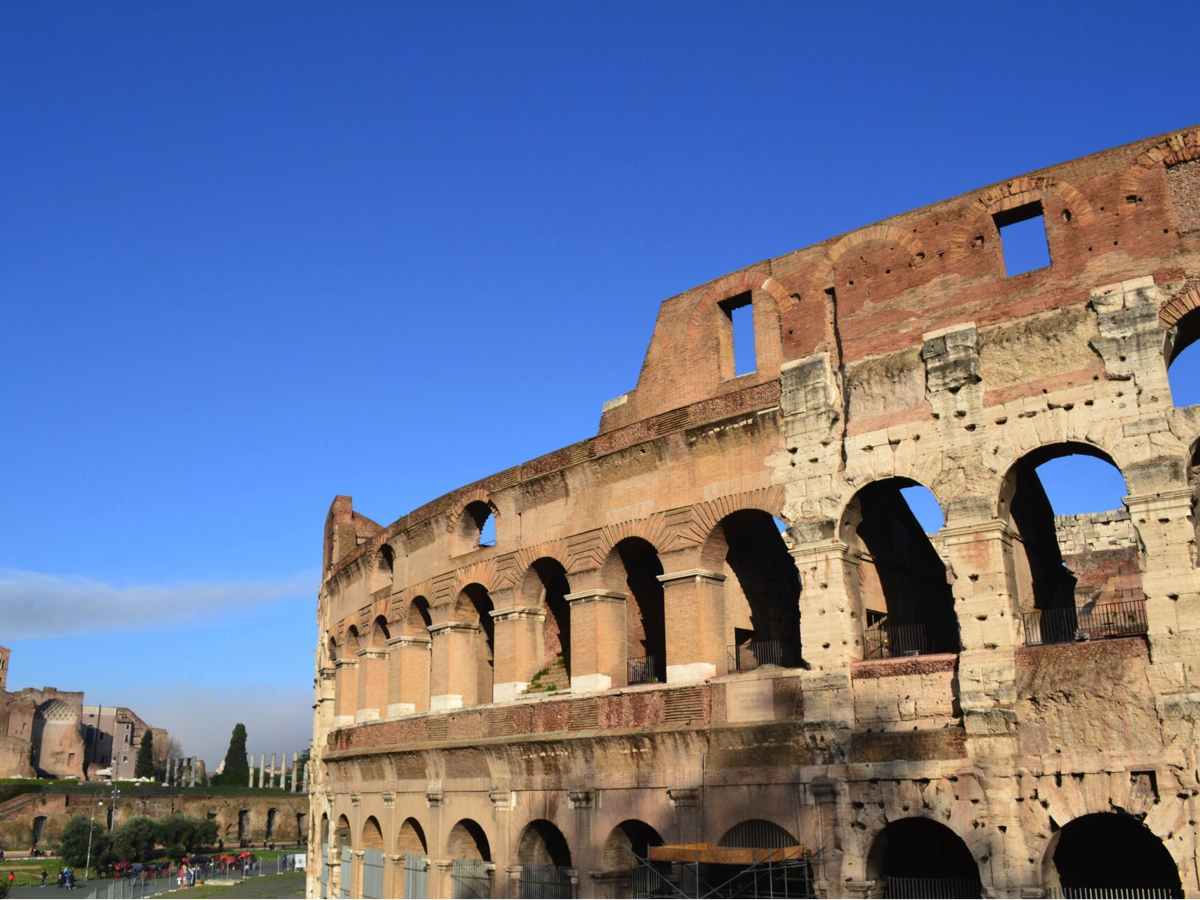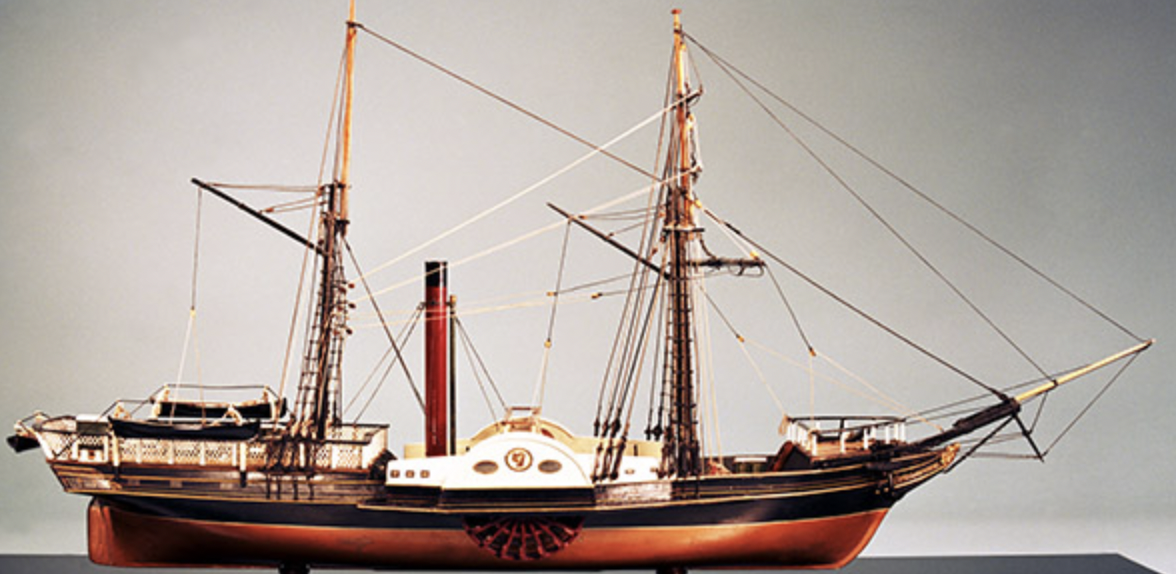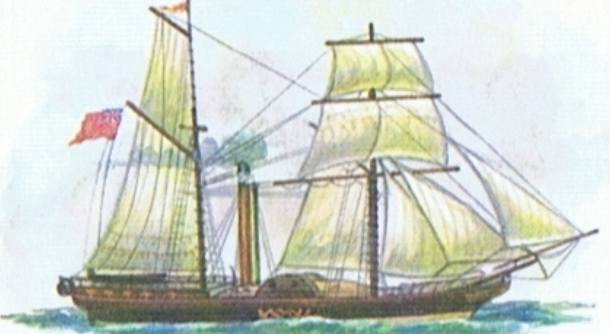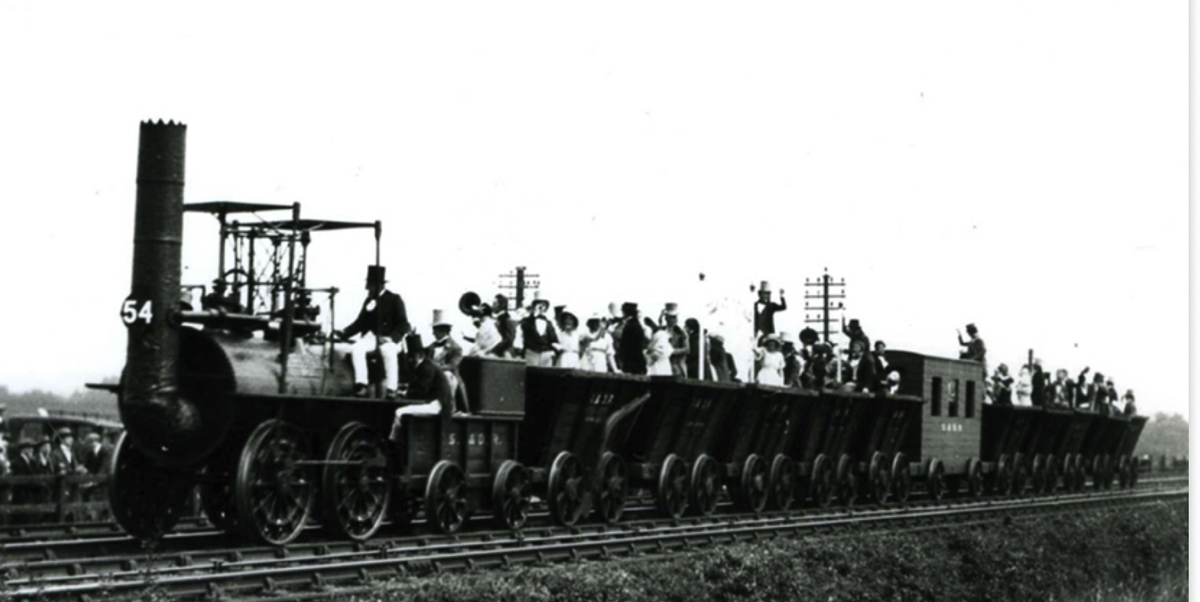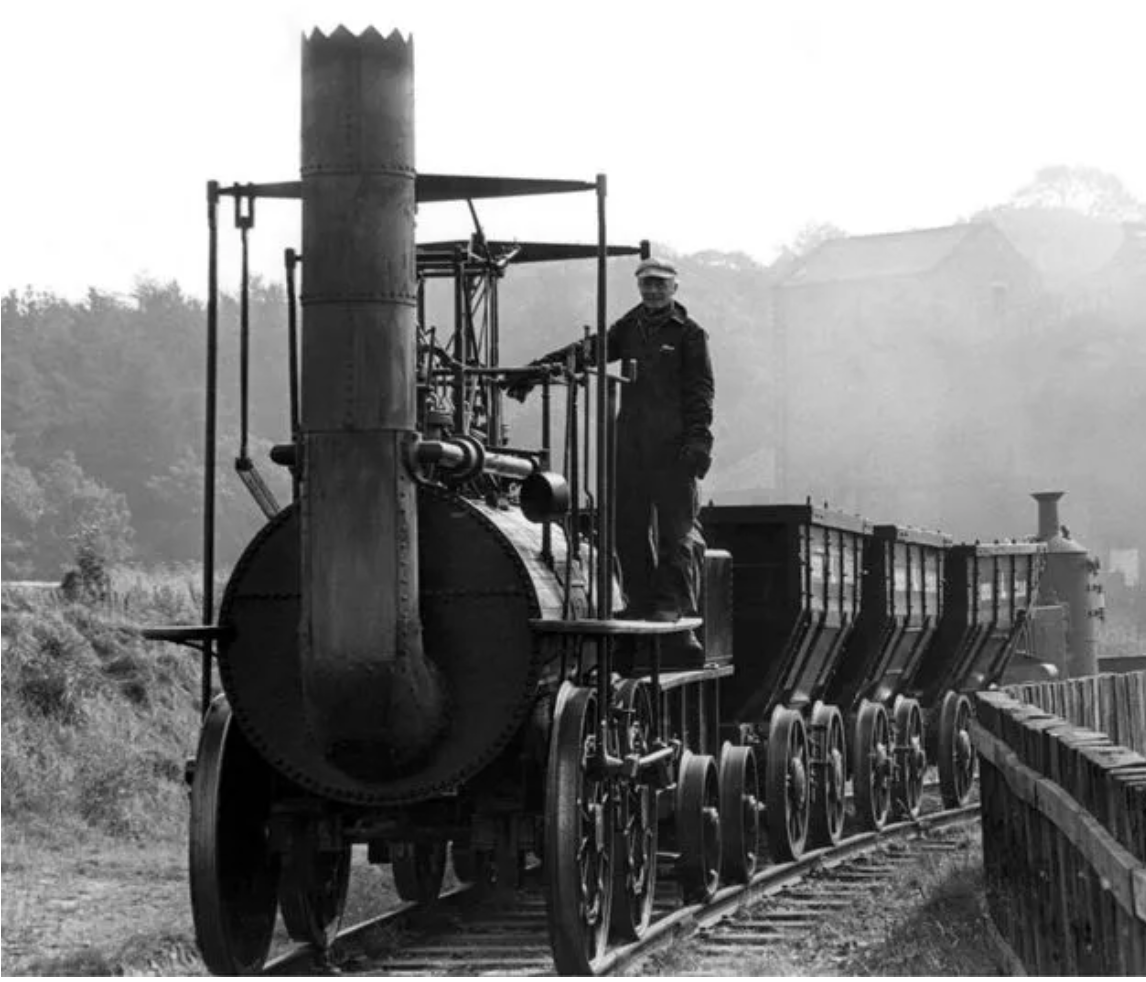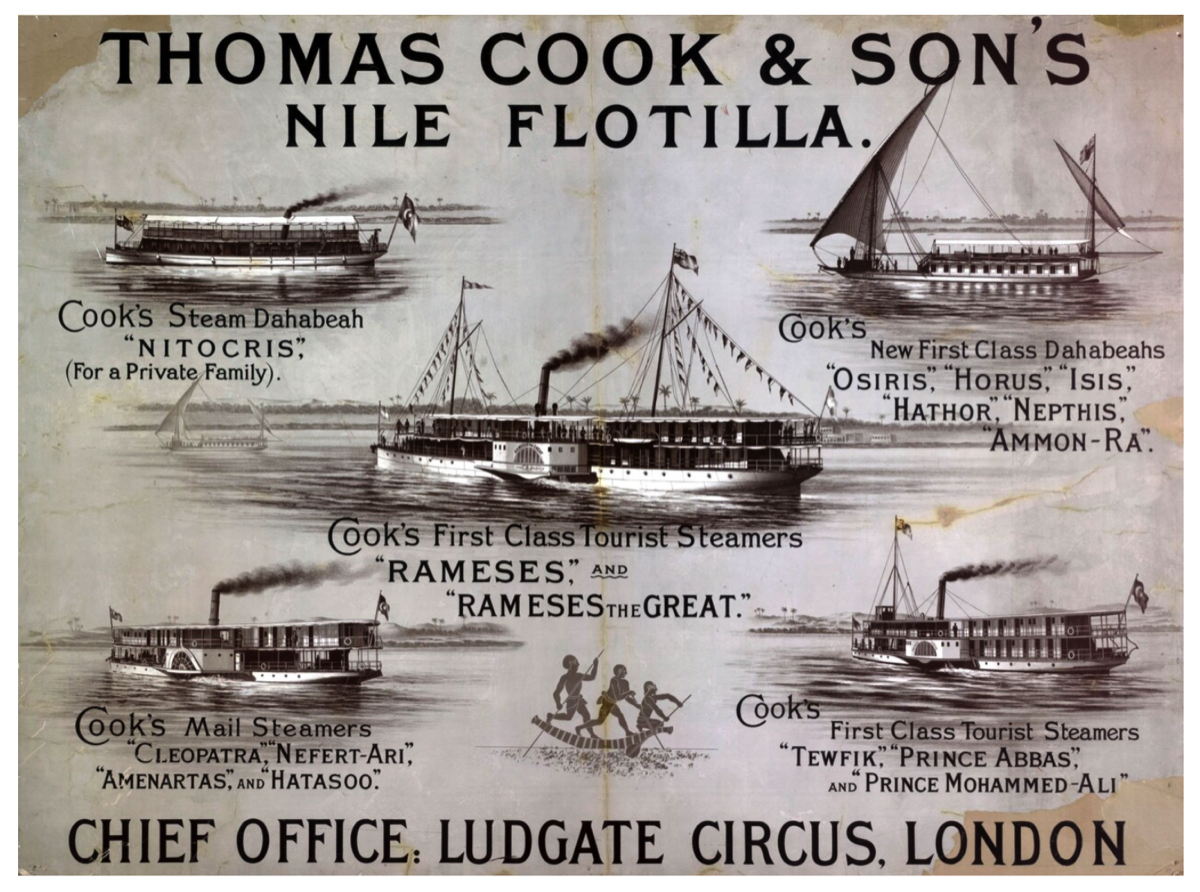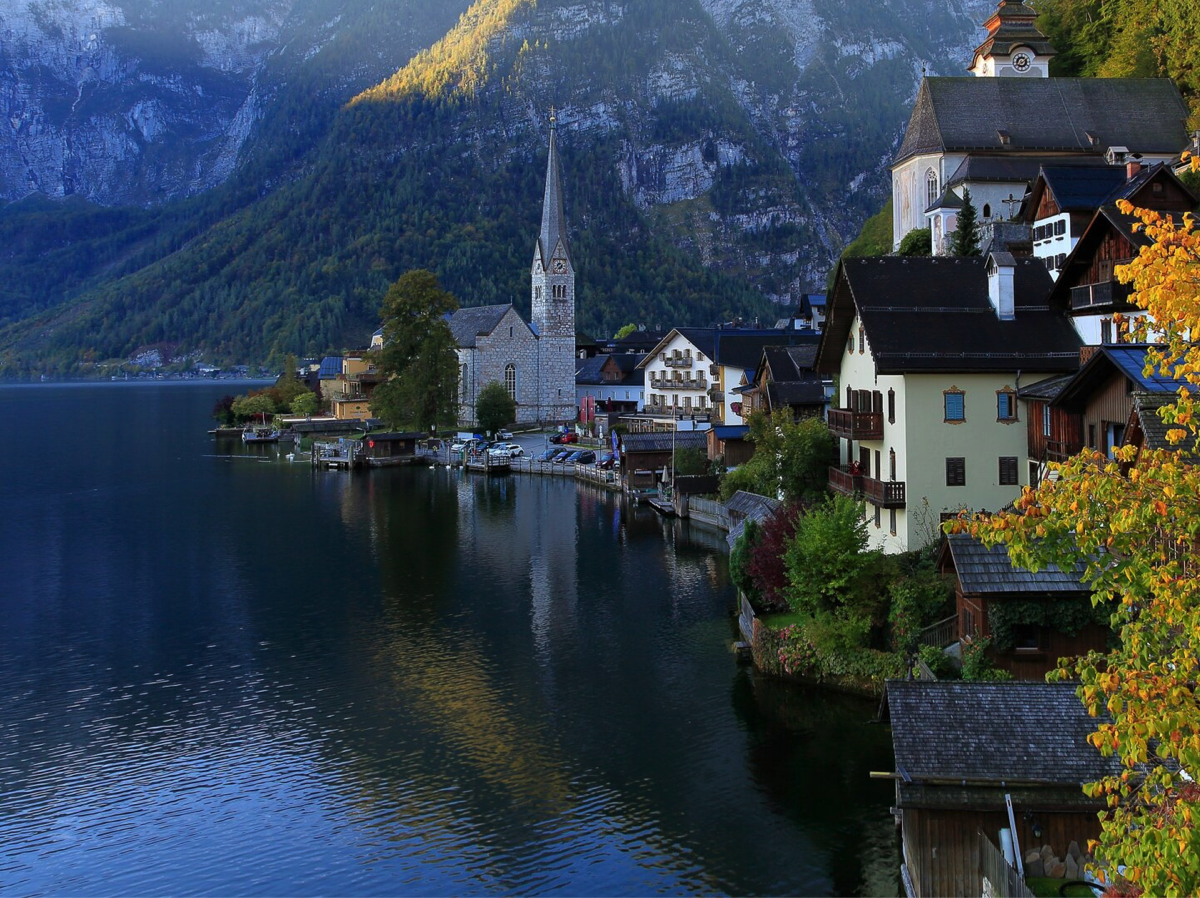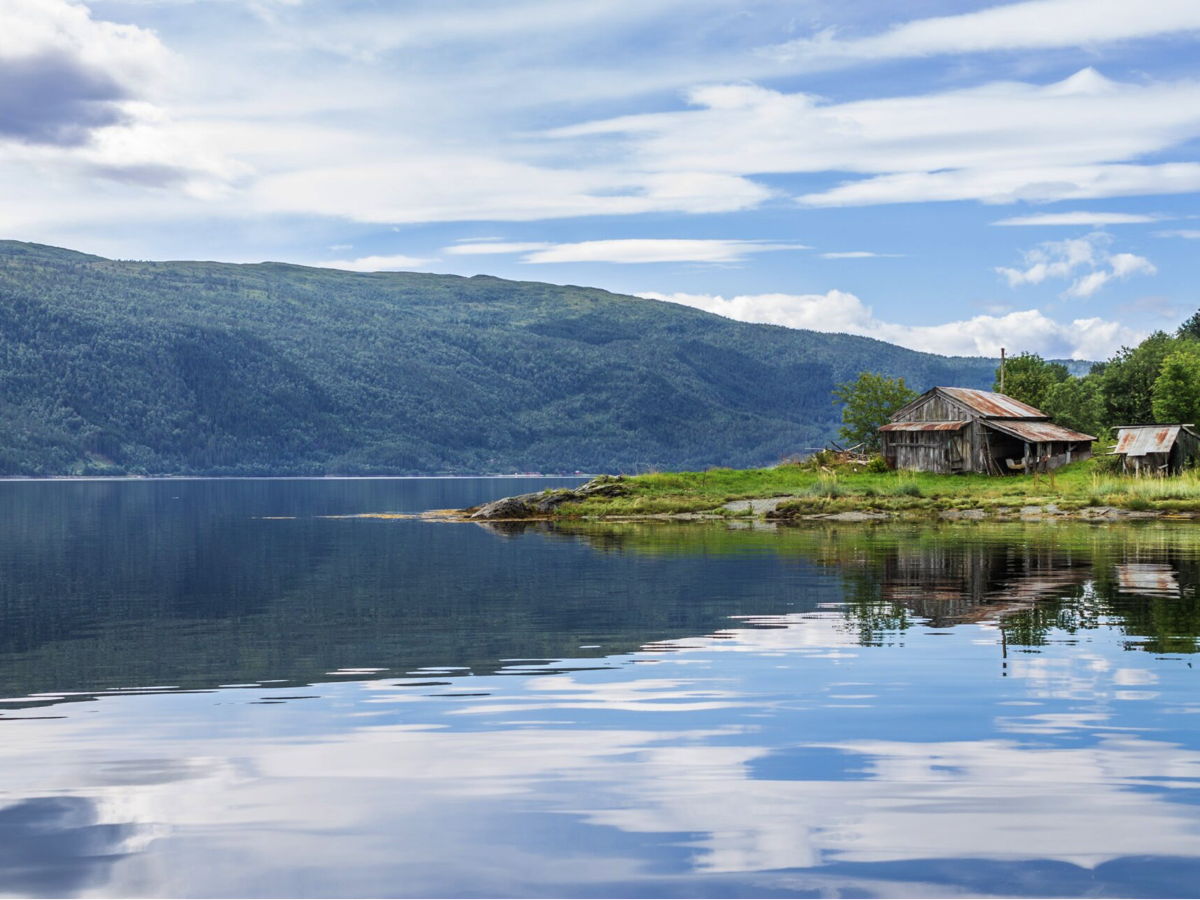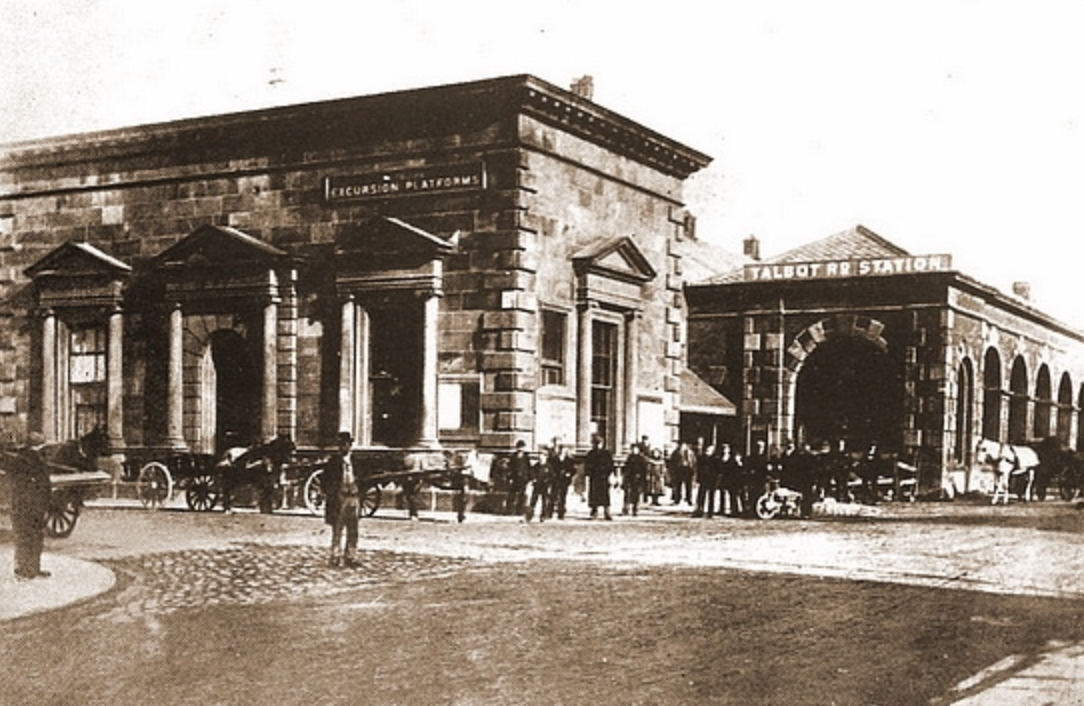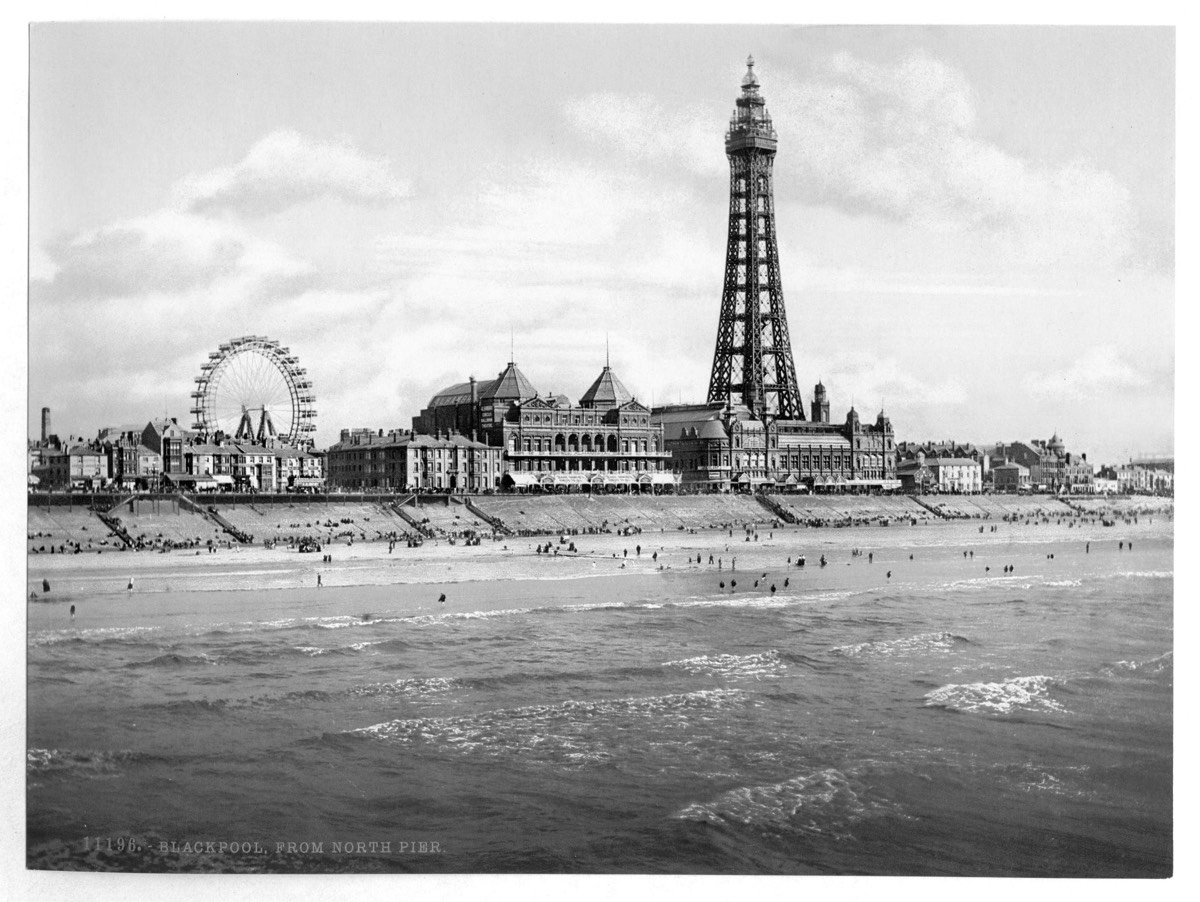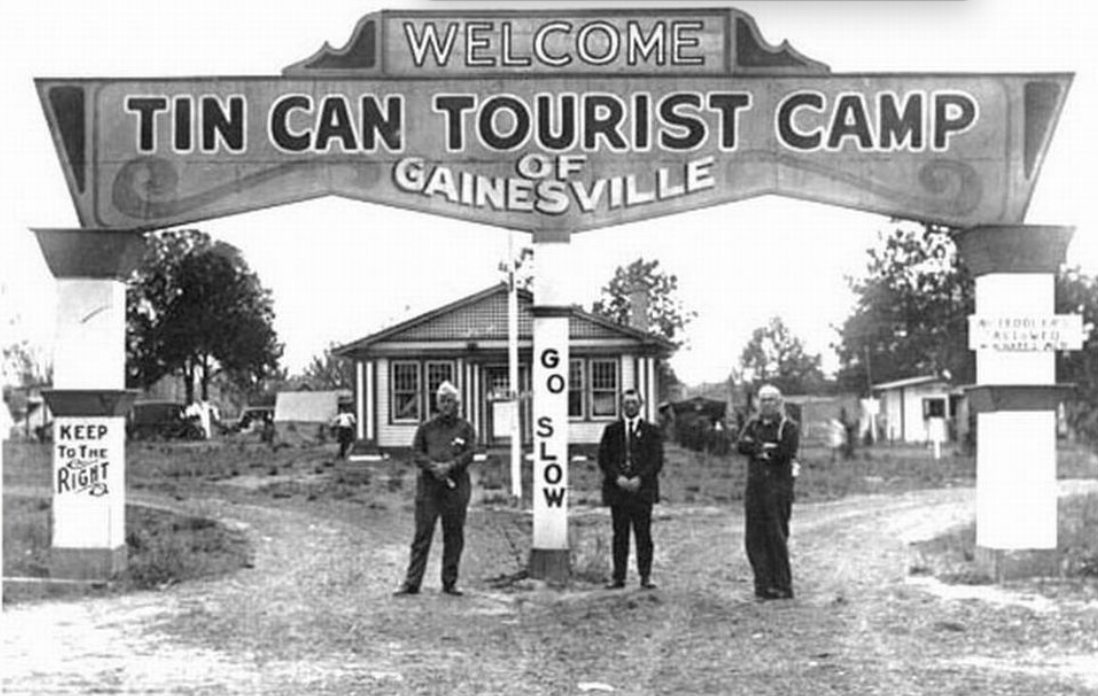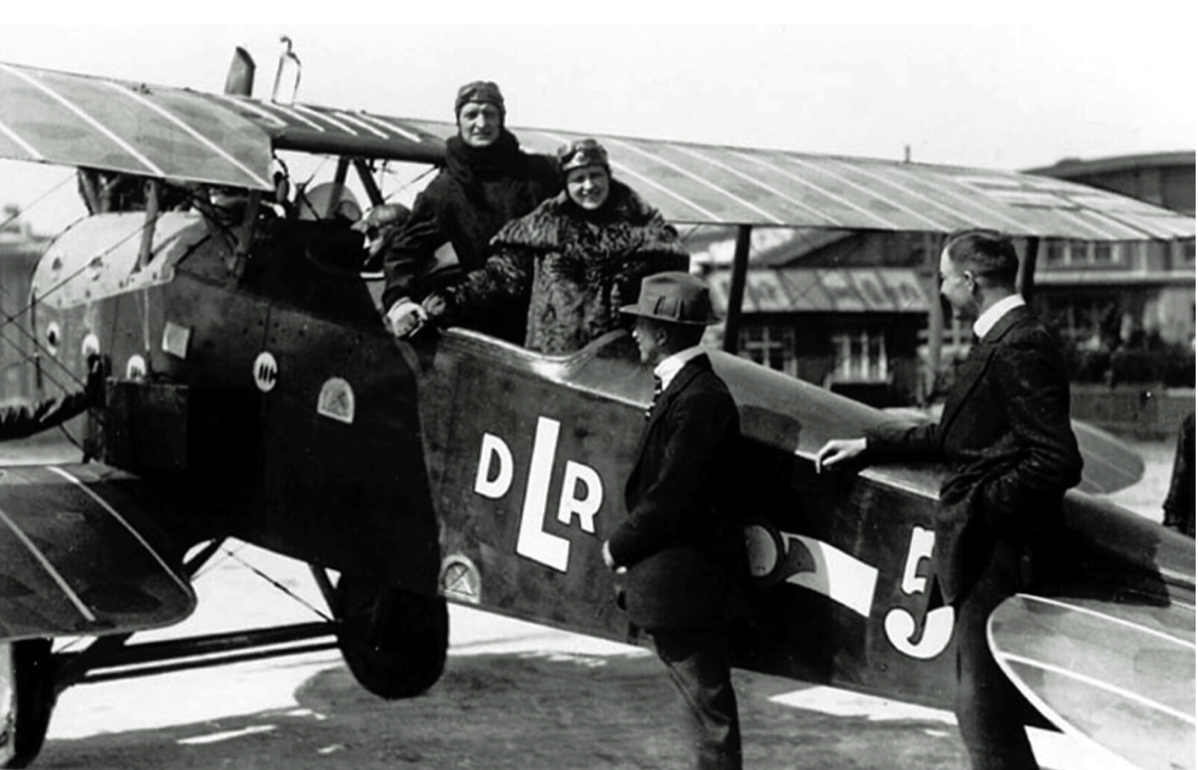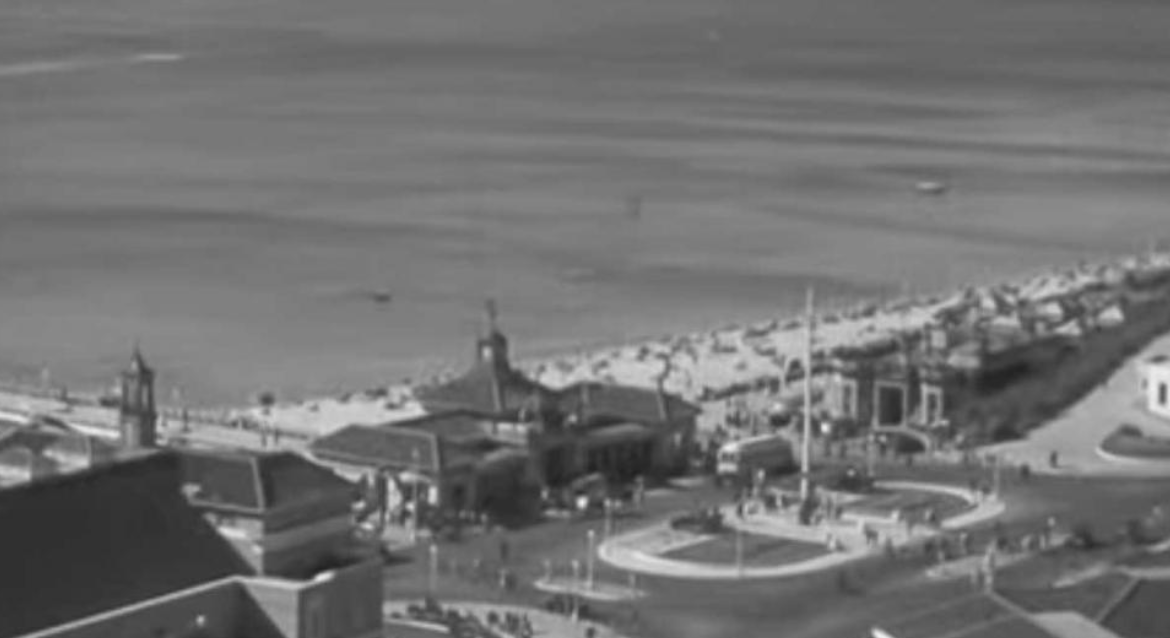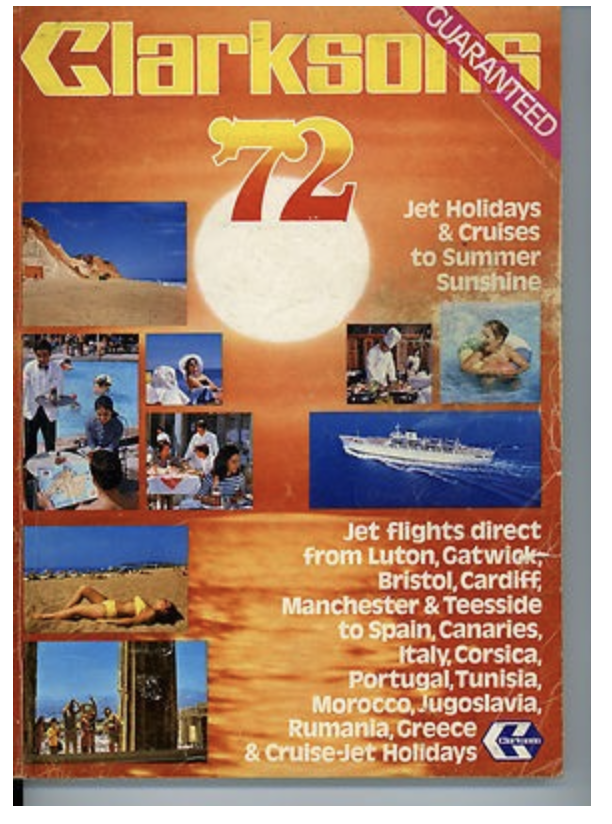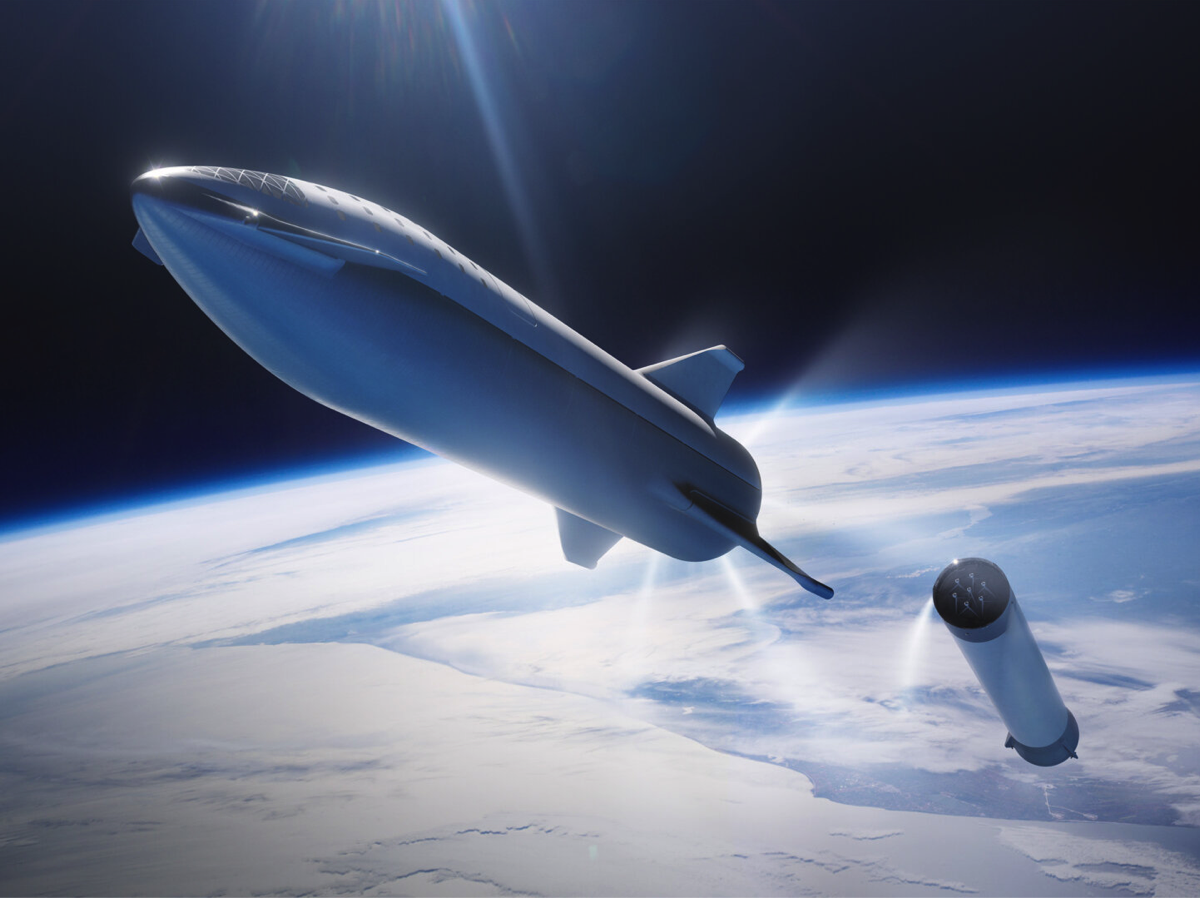Dedicated to supporting students studying Travel and Tourism
History of Travel + Tourism
Tags
Romans, Olympic games, Religious tourism, Grand Tour, Exhibitions, Package holiday, Thomas Cook, Railways, Cars, Crusies, Steamships, Sports tourism, Leisure travel, Health tourism, Travel agents, Seaside, Resorts
Destination URLs
Travel + Tourism timeline
365 -323 BC
Greece
Greece
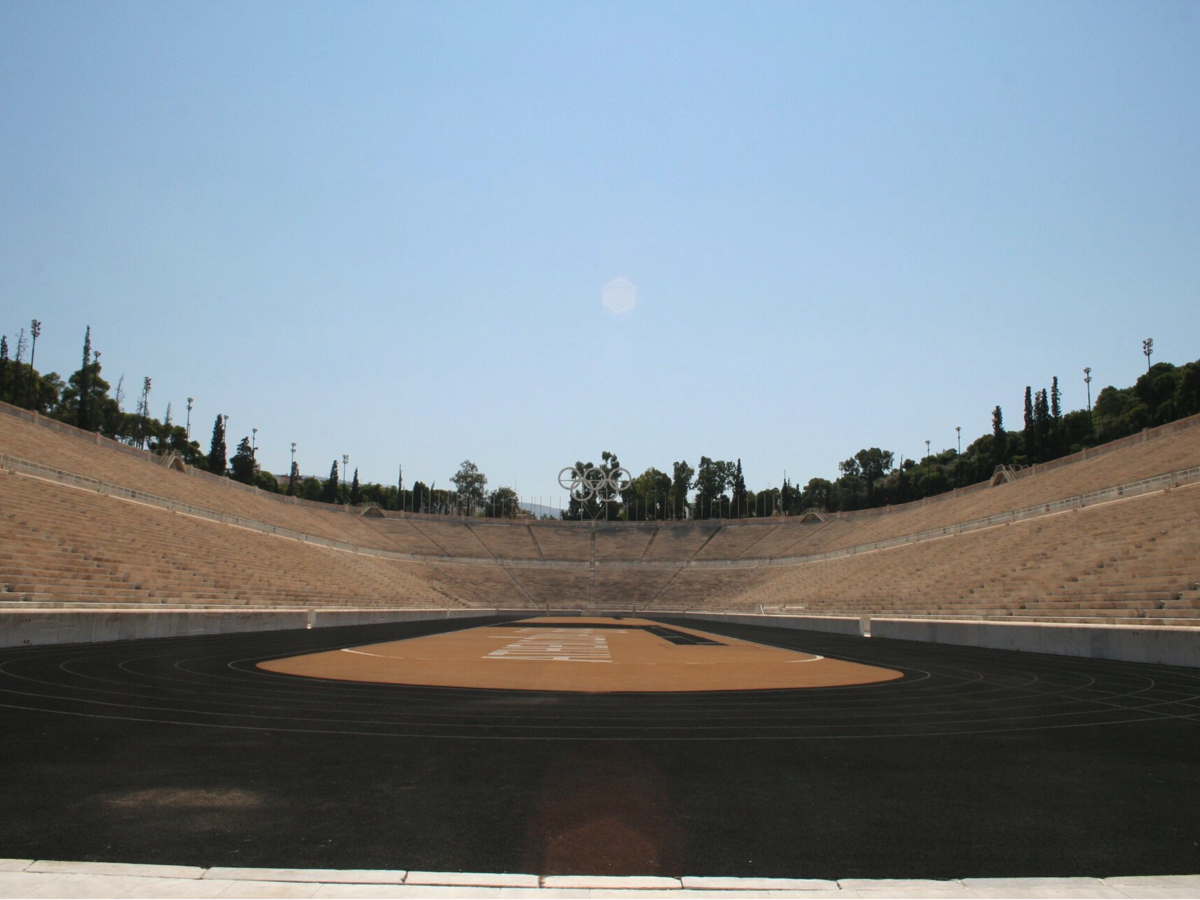
The Greek Olympic Games is the first documented case of large scale sports tourism. City states competed against each other in honour of Zeus, the being in 776 BC and the last in 393 under the Romans. Spectators came from all over Greece and stayed in tented accommodation.
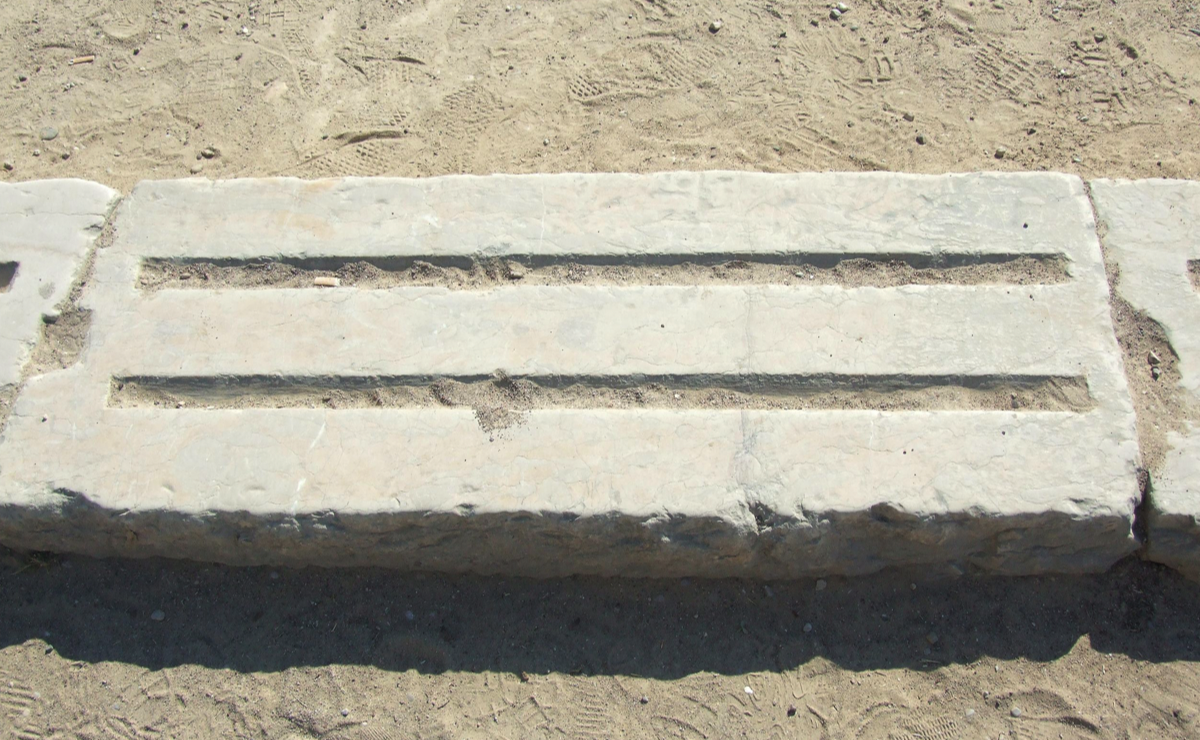
Runner's starting blocks
27BC - 476
Roman Empire
Roman Empire
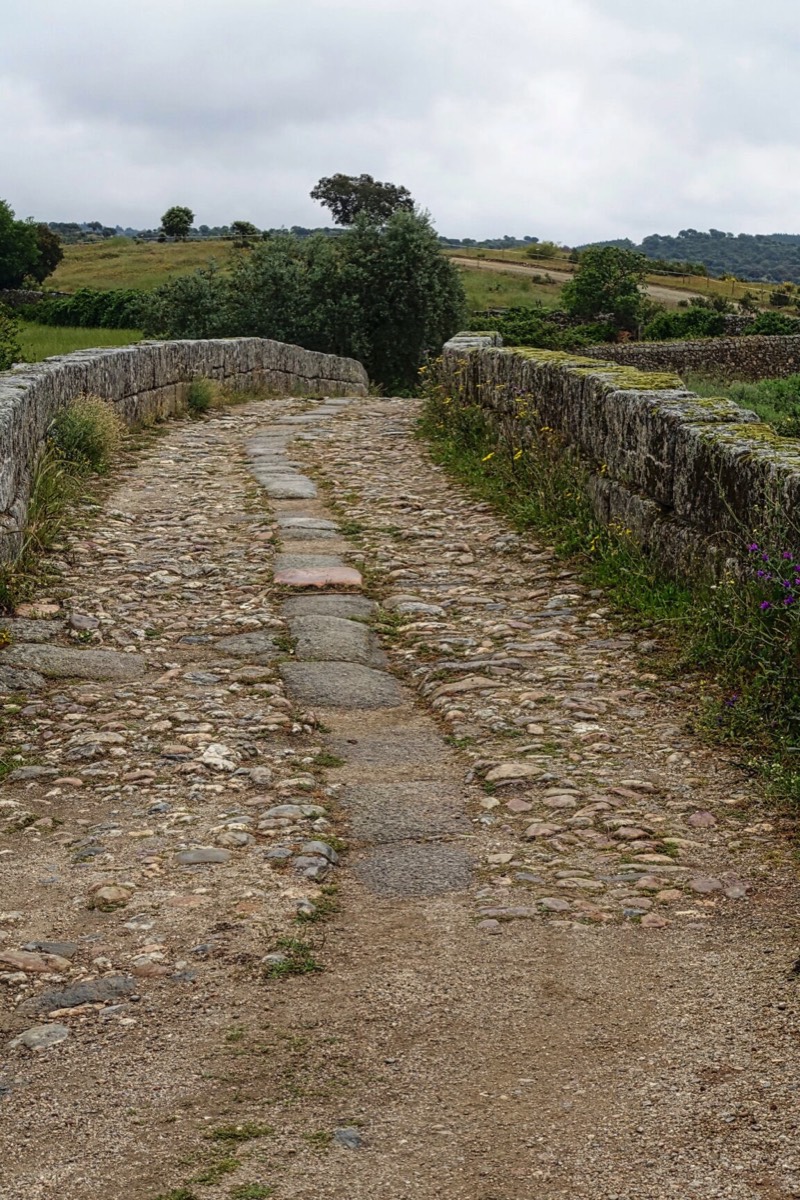
The Roman Empire extended across Europe and North Africa and the extensive road network primarily for military use also served as trade routes - totalling 50,000 miles. These roads allowed the rich to travel and sea routes saw Romans travel extensively around the Mediterranean most notably to Greek beaches and to explore the culture of Egypt.
Construction of Roman roads
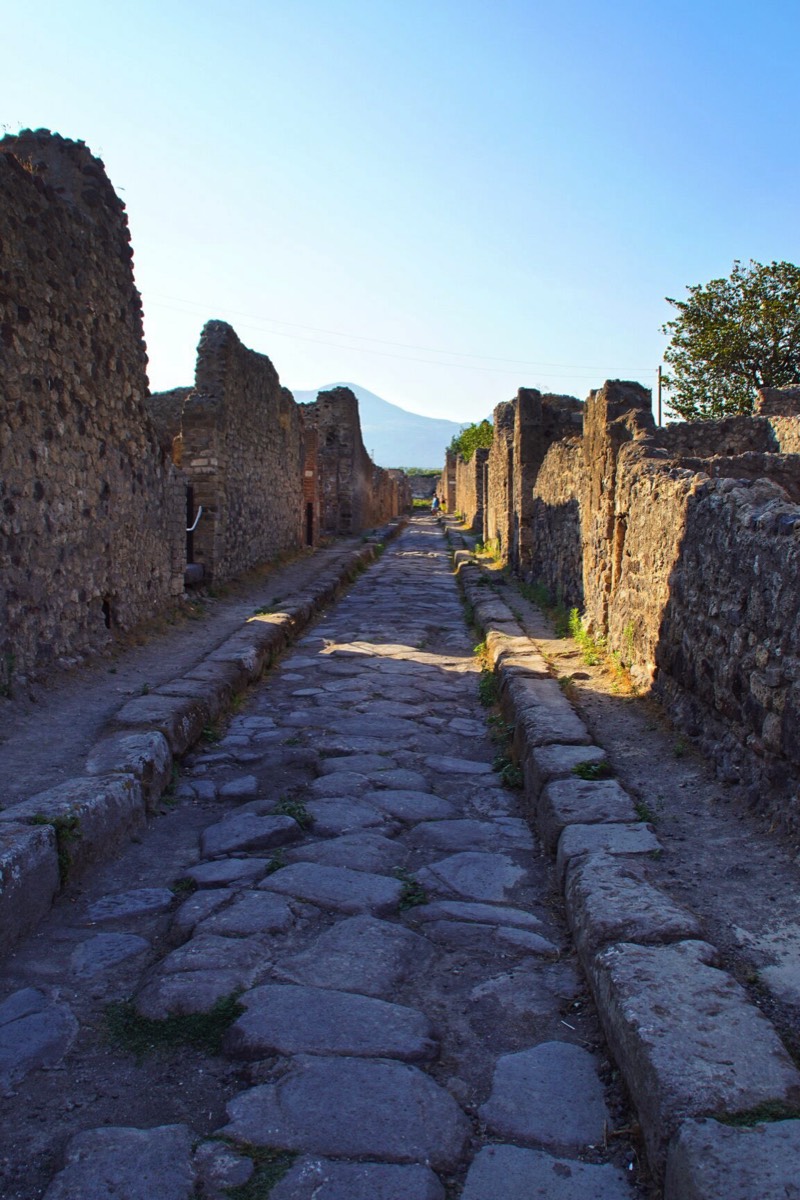
1320s
Ibn Battuta
Ibn Battuta
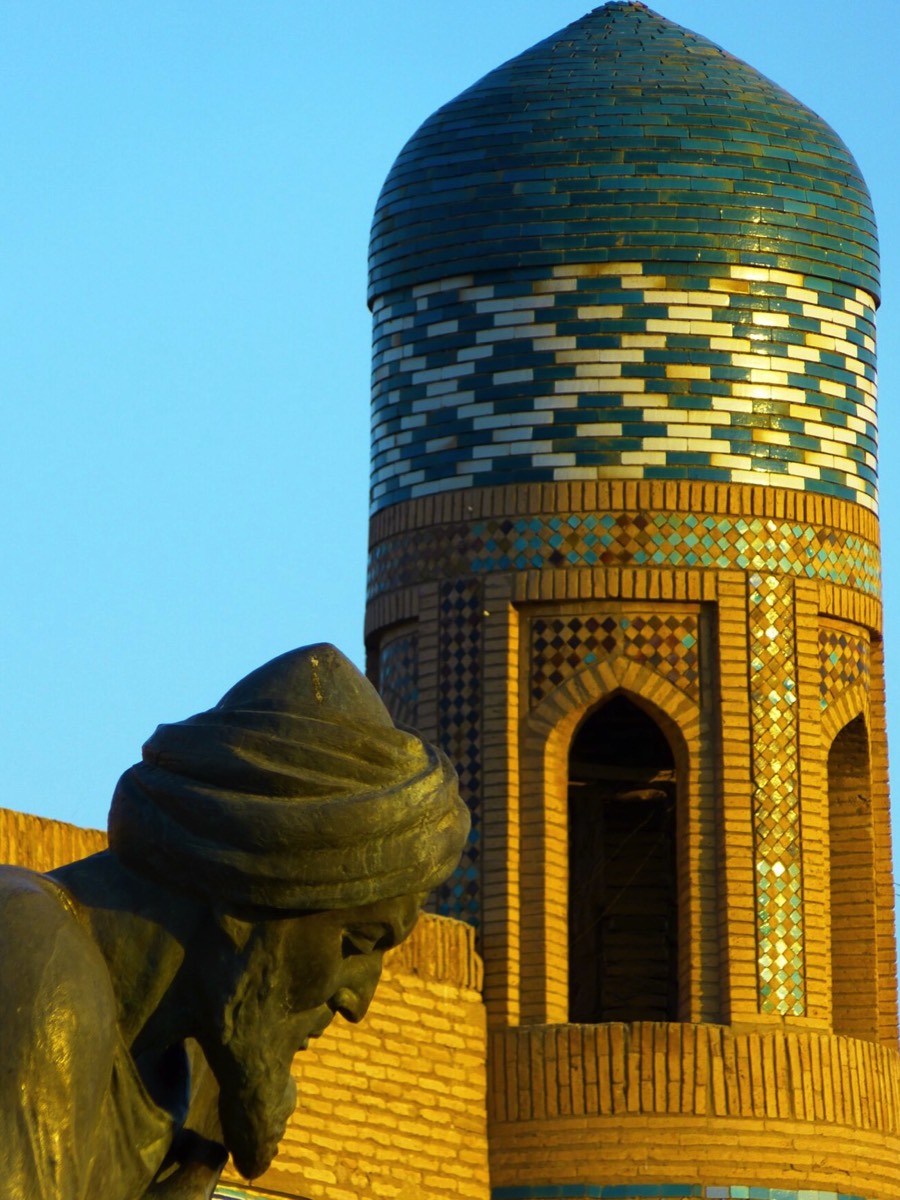
Abu Ibn Battuta travelled more than any other explorer in pre-modern history, totalling around 117,000 km (73,000 mi). His travels began in 1325 as he went to perform Haj, in Mecca but did not return home for another 24 years!
Travels of Ibn Battuta
Ibn Battuta's travels encompassed North Africa, Arabia, and Eastern Africa before he headed to the Black Sea area, Central Asia, India, China and South East Asia. In the end he had travelled through most of the Muslim world. His travel log the Riḥlah is one of the most famous.
1750 +
Europe
Europe
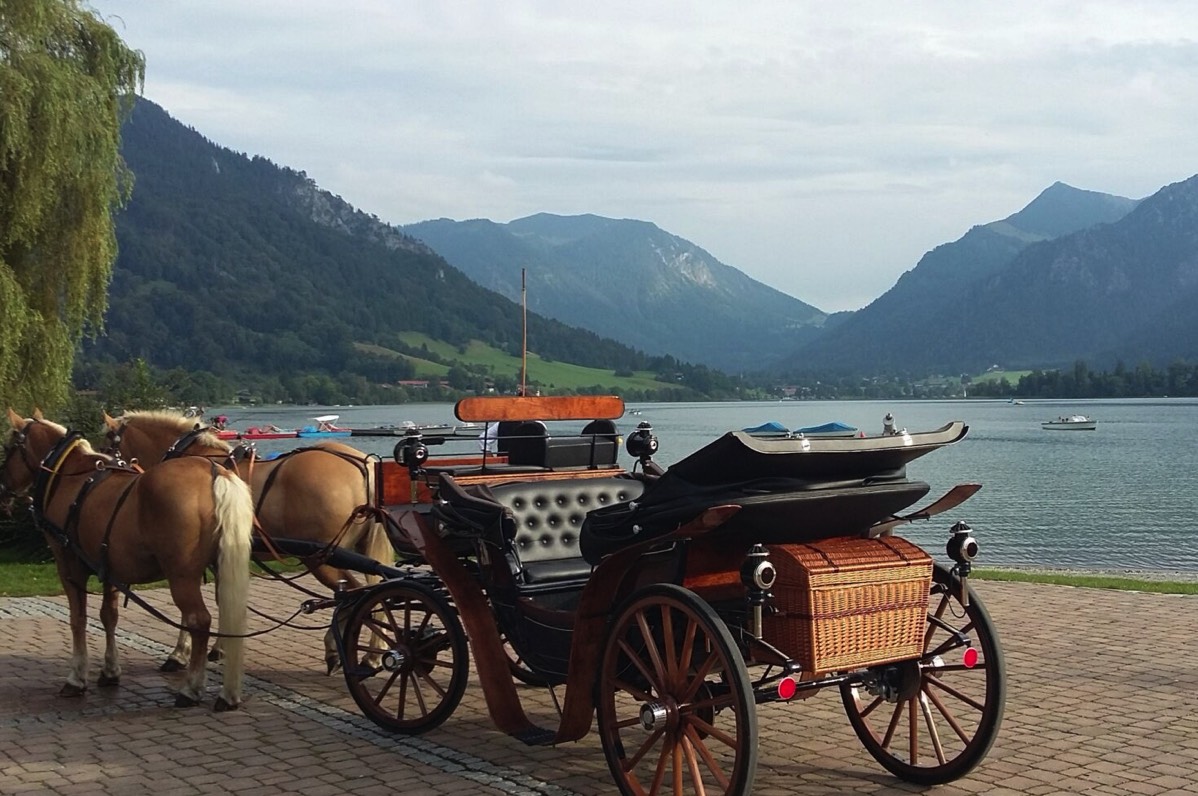
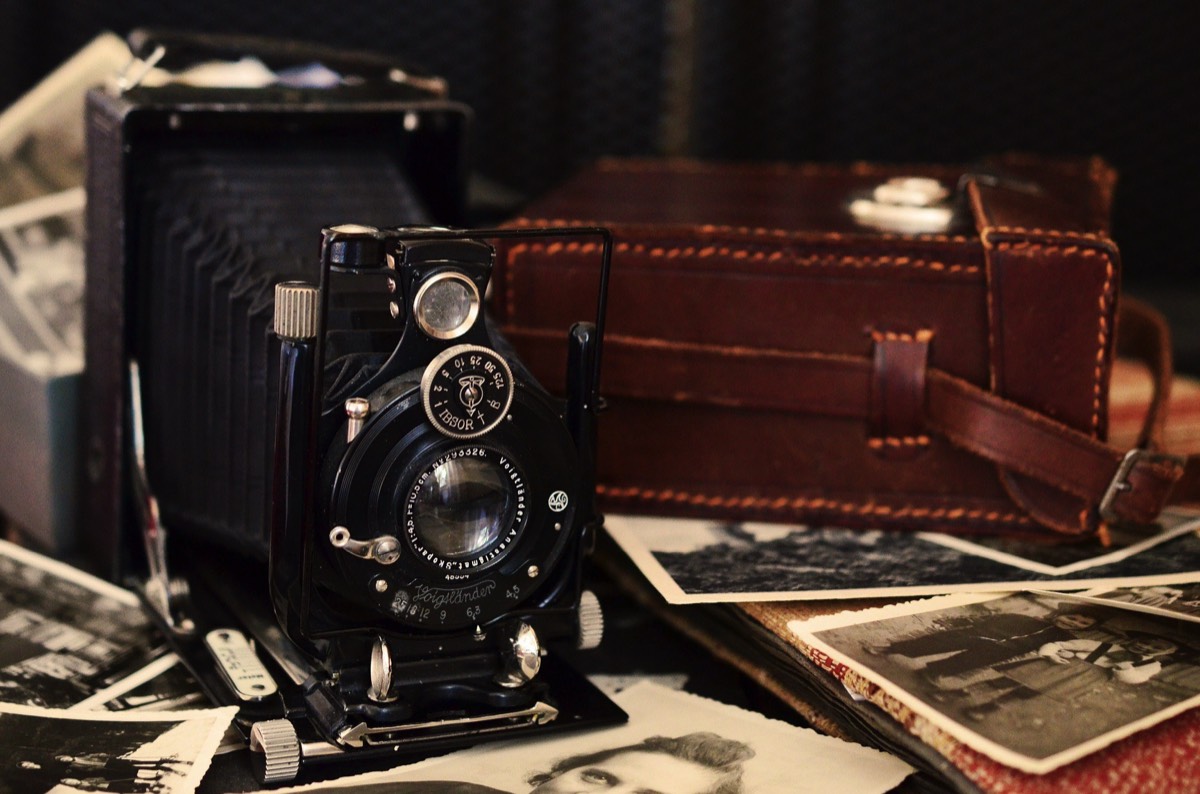
A small travel industry grew up these tours providing coaches, horses, luggage , maps etc. For the more wealthy a small group of servants would accompany the tutor and young man.
The 'Grand Tour' was a turning point in travel, whereby wealthy young men went on a Grand Tour - it became a rite of passage. It soon developed its own itinerary. Typically he Grand Tour started in England, then headed through France into Switzerland and Italy. Many months were spent in Italy with the gentleman's tutor furthering his education before travelling north to Germany and into Holland before returning to England. Touring could last for several months. Often the traveller would stay in Europe for a year or some learning languages and immersing themselves in the culture of their host country.
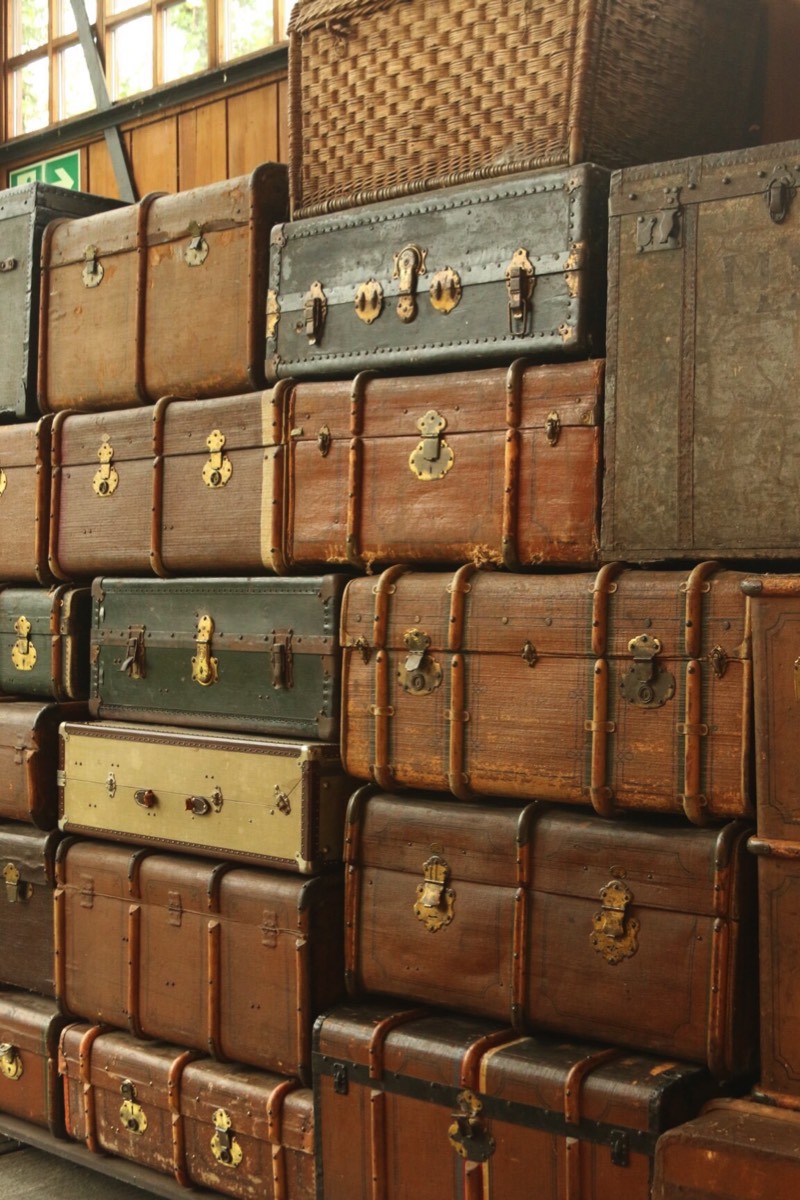
1815
Water travel
Water travel
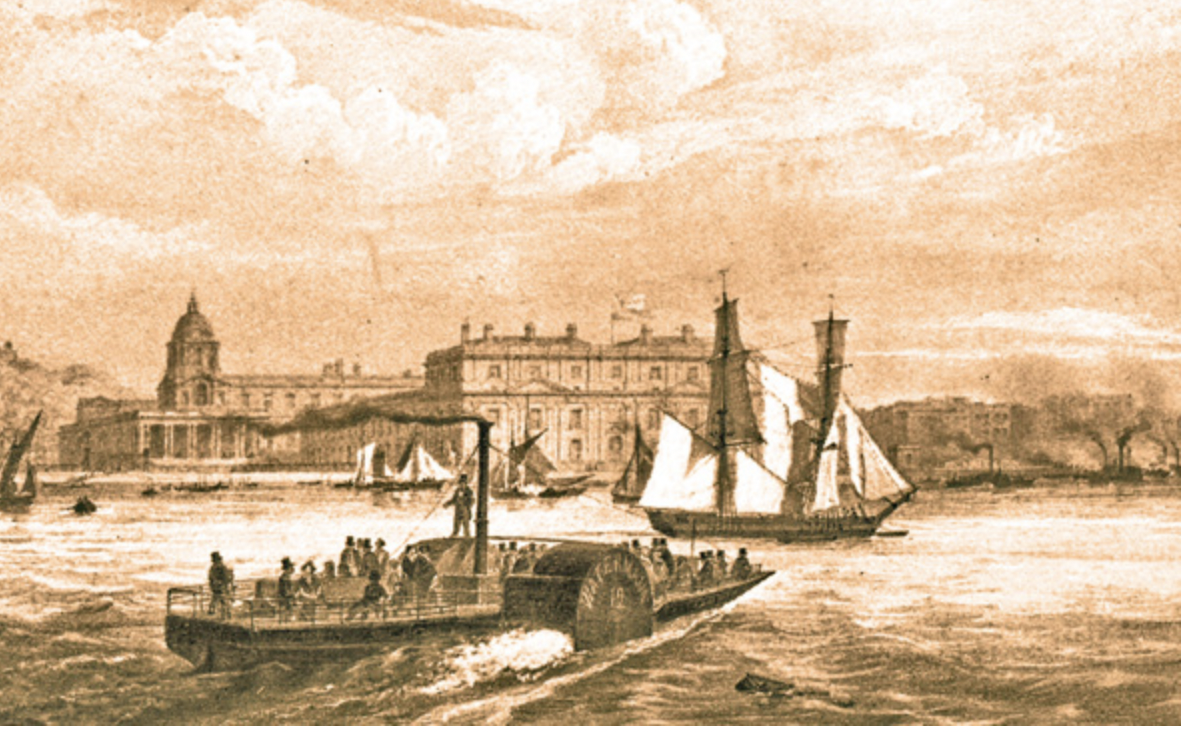
Water transport had been popular for centuries in various forms. Passengers were carried on mail ships around the world, along rivers and canals. In the C19th this was formalised by the Duke of Bridgewater who created a regular boat service including refreshments, between Manchester and Warrington. By 1815 boats were passenger boats could be found on the Avon, Clyde and the Thames.
1830s
Railways
Railways
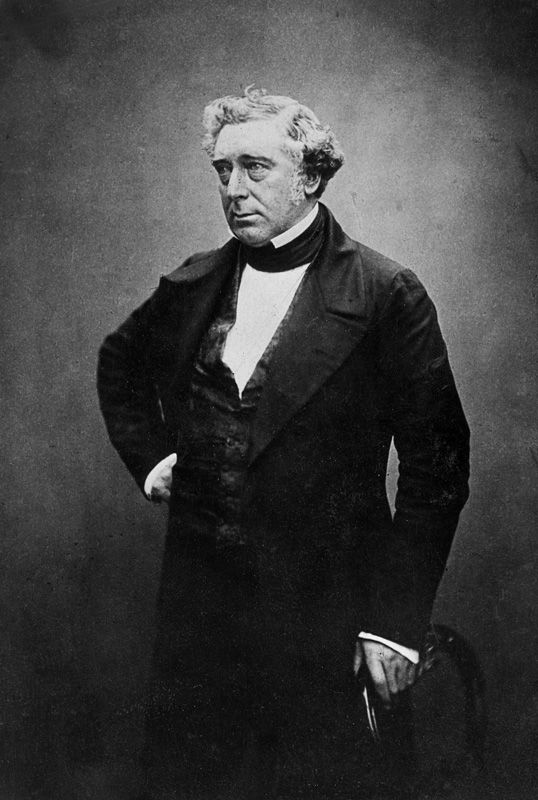
The arrival of the railways, firstly in England then across Europe and the world revolutionised travel and tourism. What was once the preserve of the rich, became available to the working people for day trips to longer holidays. The most famous of the early steam railway locomotive was the 'Rocket' developed by Robert Stephenson. He built the world's first public railway from Stockton to Darlington in in 1825, followed by the Liverpool to Manchester line in 1830, which operated was the first passenger steam railway service.
1841
Thomas Cook
Thomas Cook
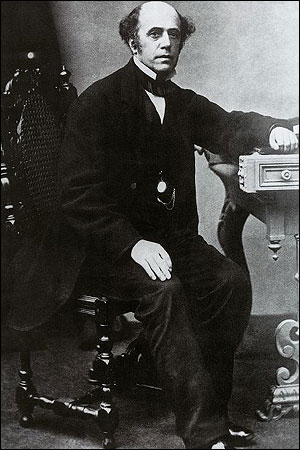
Thomas Cook developed the first package holiday with a train journey from Leicester to Loughborough. There were 500 passengers with thousands more watching the train along the route. A brass band greeted them with a cheering crowd in Loughborough. From this humble beginning Cook ventured into Europe with trips to Switzerland, Italy and France. This was followed by a 222 day world tour including Japan and the USA. Thomas Cook became the leading package tour operator in the world.
1908
Cars
Cars
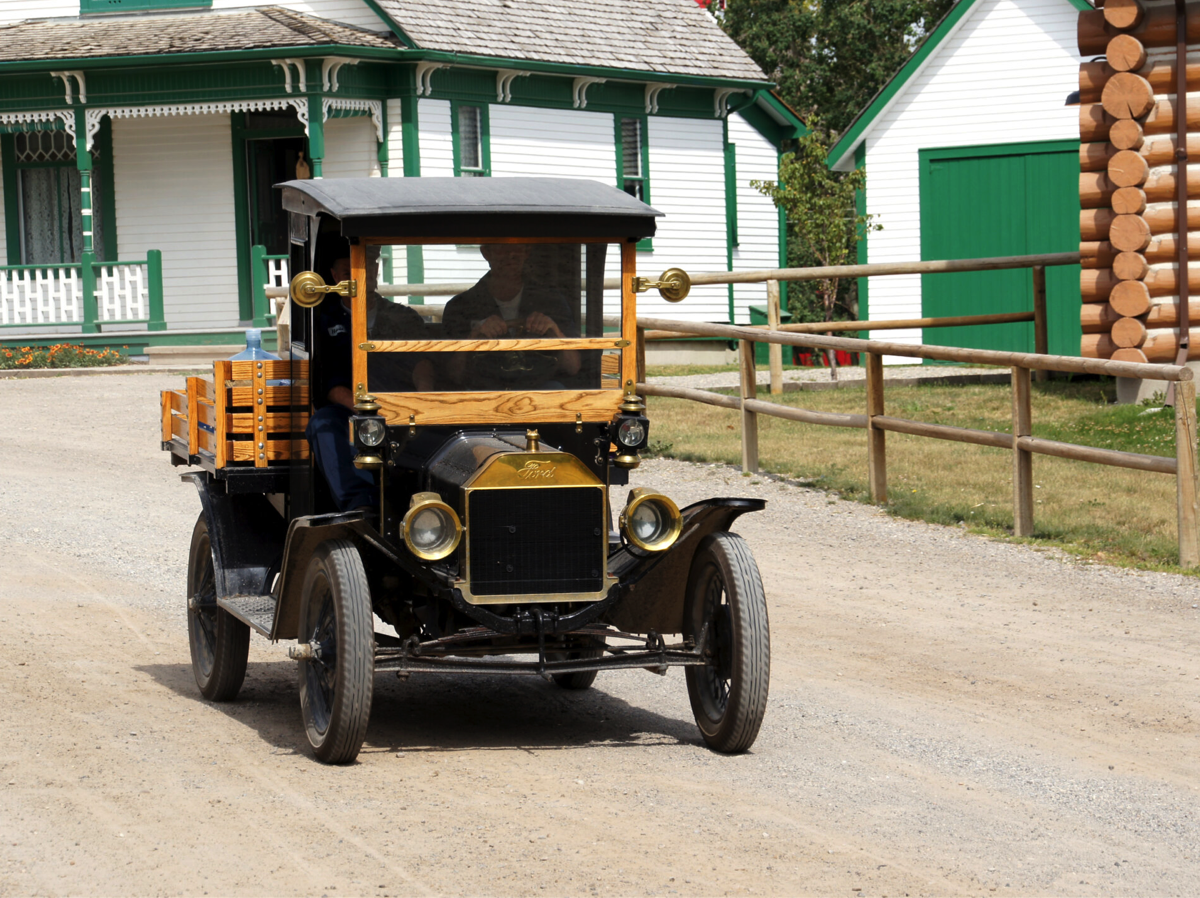
Henry Ford revolutionised the car industry with the development of Model T - an automobile that became affordable for the working man. His own workers earning $5 a day took out loans to buy a car which created a whole tourist industry as people went for day and weekend trips in the new automobile.
1914
Air travel
Air travel
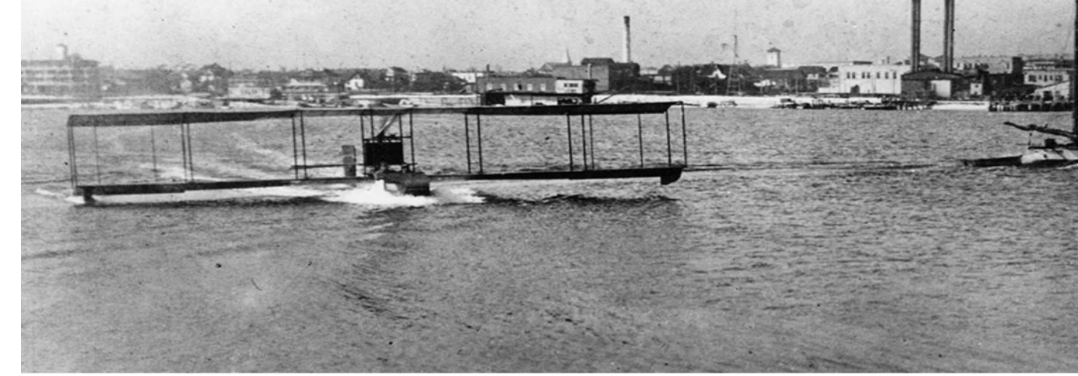
St. Petersburg- Tampa Airboat Line was the first scheduled airline operating twice daily. The plane flew at a height of 50 feet over the water for the 23 minute trip - the first of which was witnessed by a crowd of thousands. It ultimately was not profitable but it showed the way for air transportation.
1920s
Air travel
Air travel
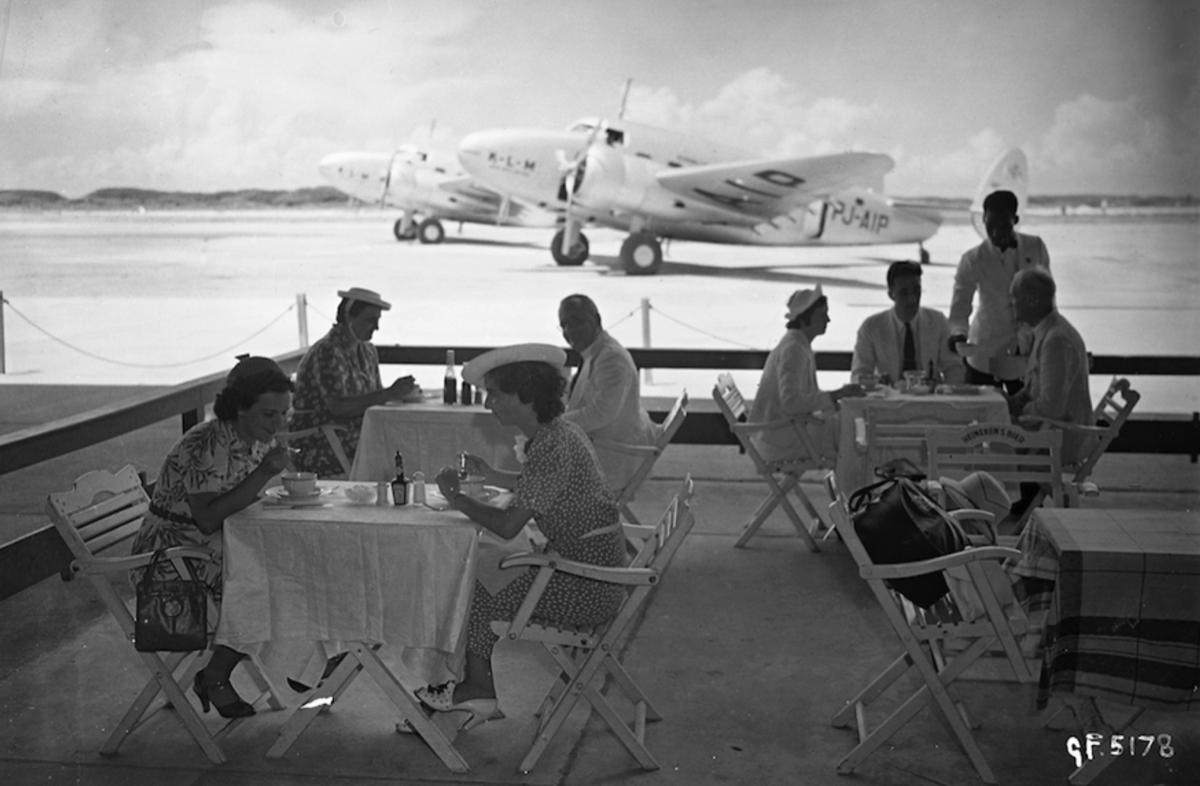
Passengers dining before boarding their KLM flight in 1938
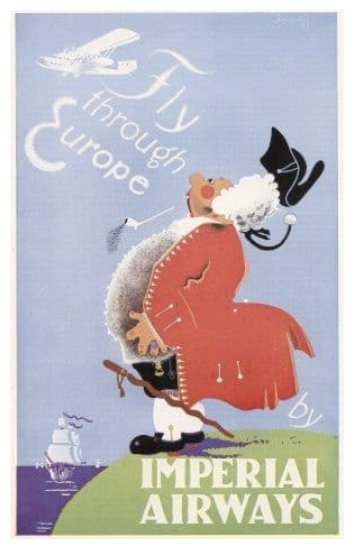
The 1920s saw the development of aircraft specially designed to carry passengers. Airlines such as Qantas and KLM were established. However, the cost was prohibitive but for the very rich. Flying was at low altitude with unpressurised cabins making the journeys cold and noisy. Air sickness was common - nurses often flew as part of the crew to tend to the sick!
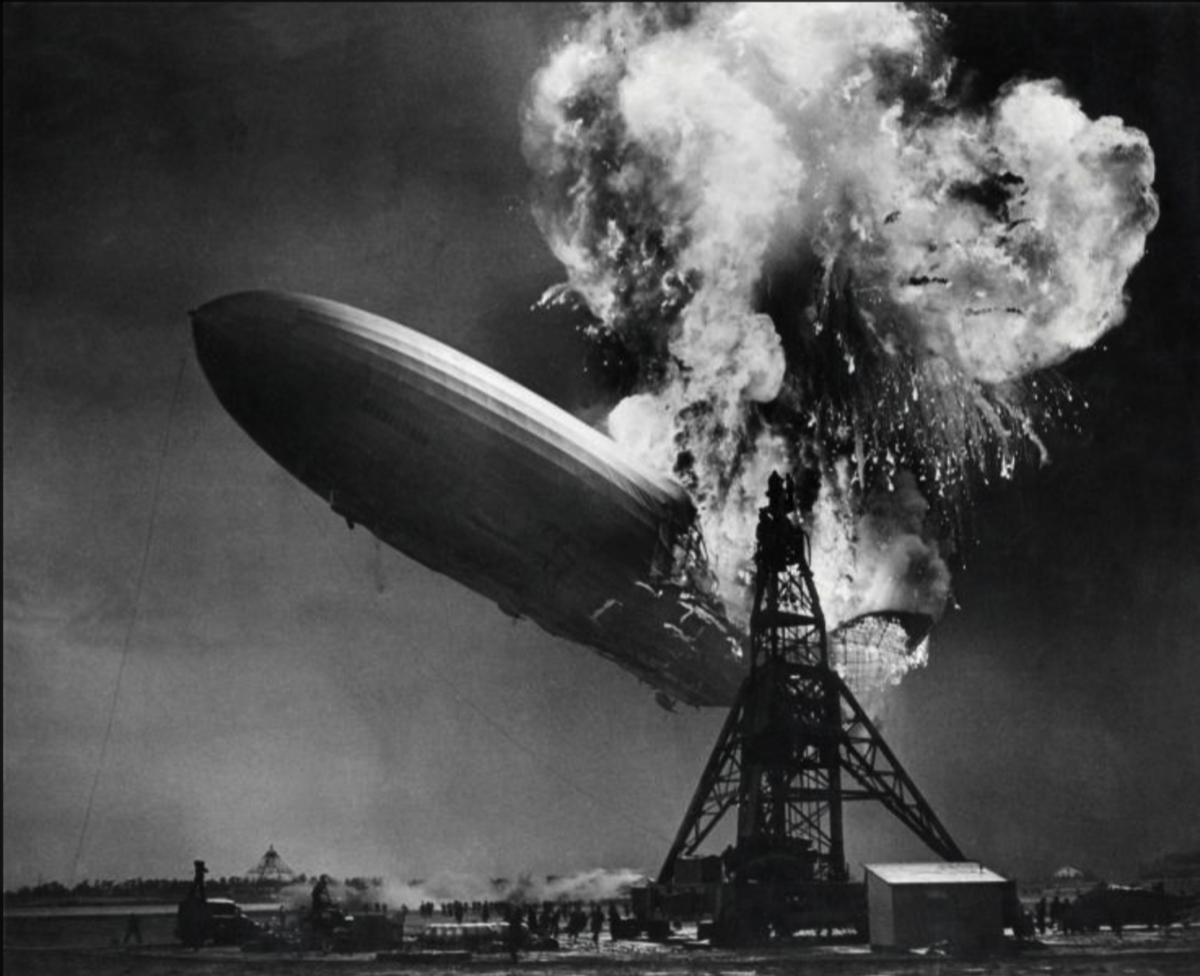
Hindenburg disaster in 1937
The 1920s also saw the introduction of airships providing passenger flights in Europe and the USA. The largest Zeppelin airships could carry 72 passengers in 5 star luxury including cabins, with a bar and smoking room. They were capable of crossing the Atlantic. However, the airship heyday came to an abrupt end in March 1937 when A Zeppelin Hindenburg crashed and exploded in New Jersey USA killing all 36 passengers and crew. This was captured on film and was one a few airship disasters at the time.
Imperial Airways
1925
Motel
Motel
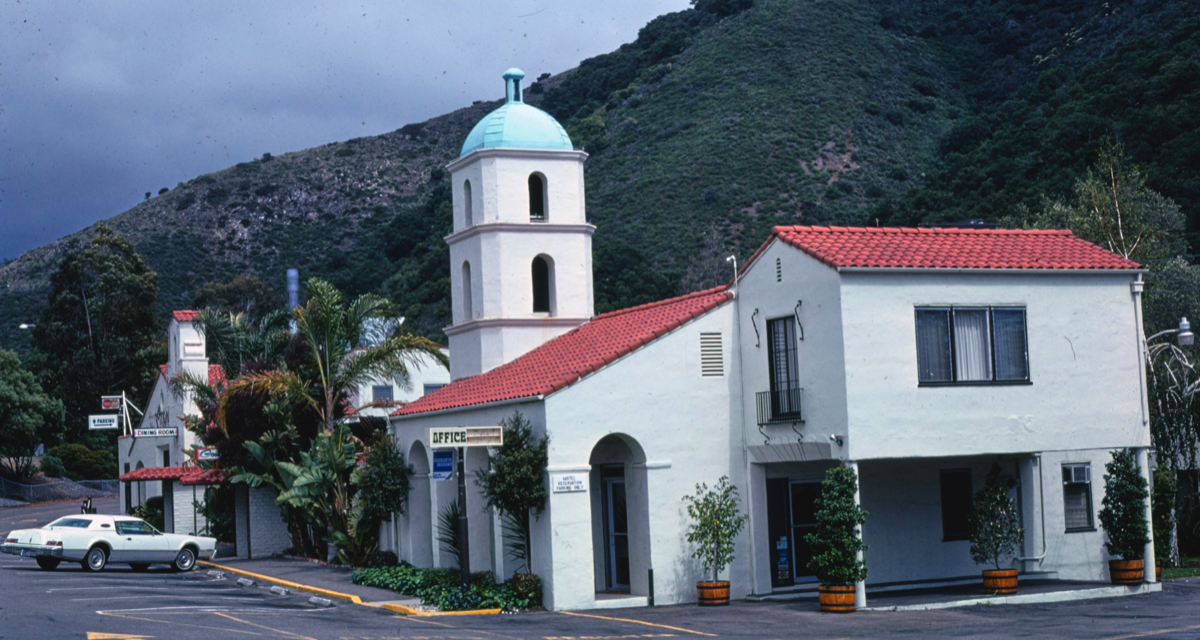
The first motel -Motel Inn, San Luis Obispo, California
First motel was constructed in 1925 by Arthur Heineman. He abbreviated motor hotel to mo-tel after he could not fit the words "Milestone Motor Hotel" on his rooftop. The heyday of the motel was the 1950s and 1960s when independent motels dominated the scene. These days the market is led by chain motels.
Motels popularised in the US spread around the world, in particular in Canada and Australia where long distances are covered by car. Motels also feature in numerous Hollywood films
1930s
Seaside holidays
Seaside holidays
The introduction of Saturday afternoons off in the mid C19th for workers led to a rise in leisure activities including football. Fixtures could be played against teams further afield because of rail transport. By the 1930s the two day weekend was established in the UK leading to an increase in travel and tourism as the weekend break became possible and affordable. The annual holiday also became the norm during the inter war period. Blackpool, Bournemouth, Skegness and the like flourished as seaside destinations
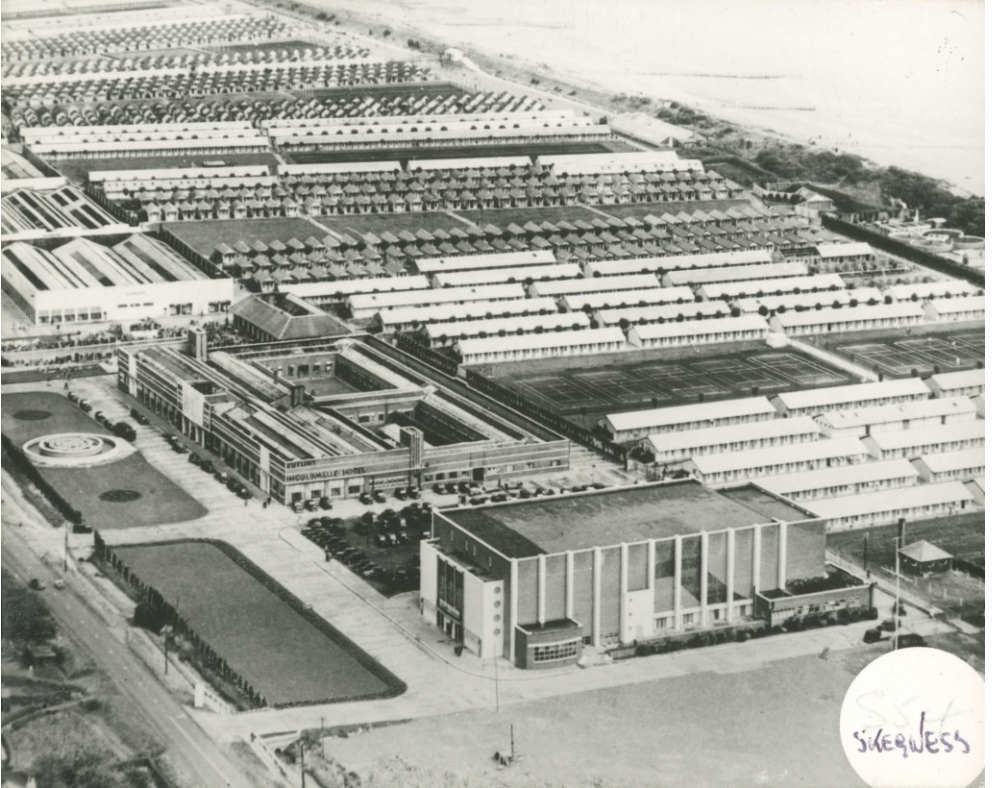
Butlins Holiday Camp - Skegness 1936. The rate was up to £3 a week inc. 3 meals a day and entertainment
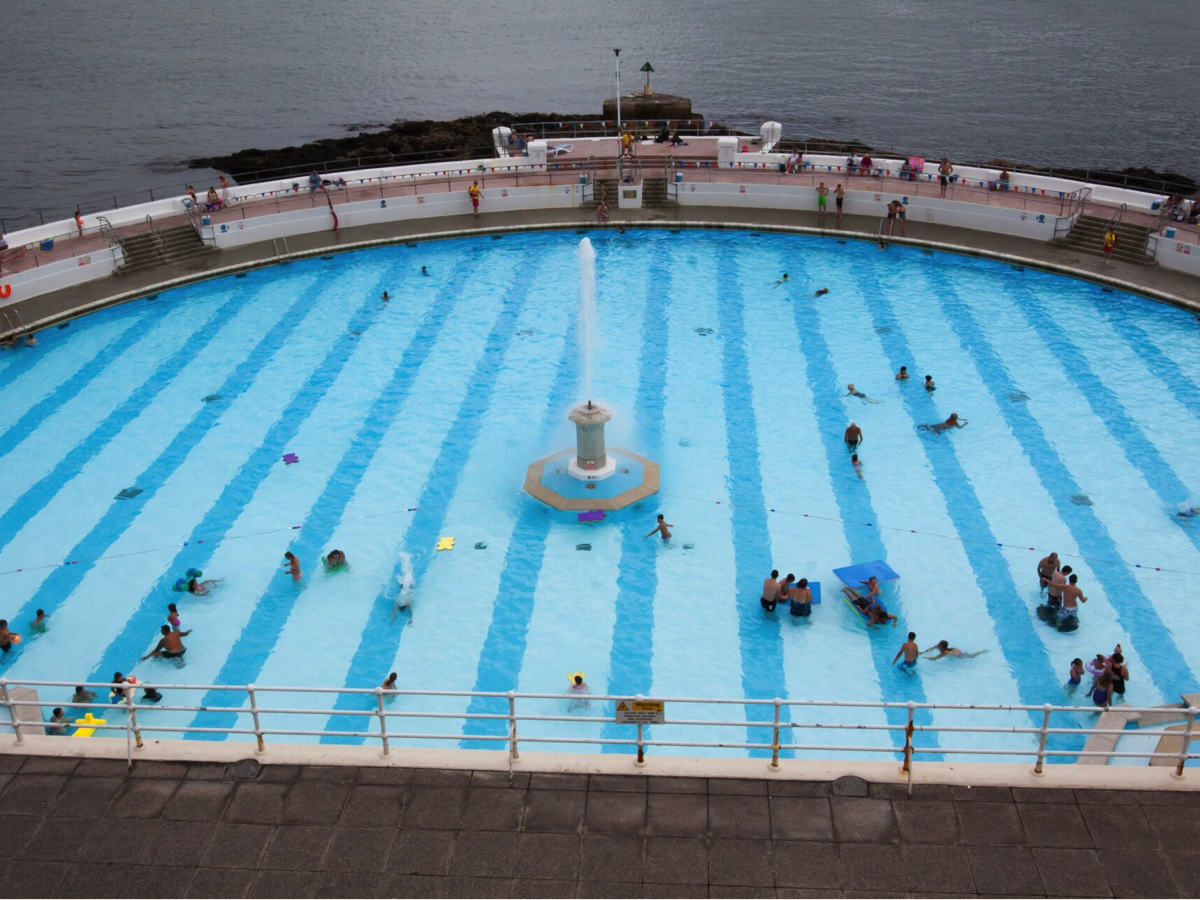
The outdoor swimming poll or lido became very popular in the 1930s. Some are still in use today
1944
ICAO
ICAO
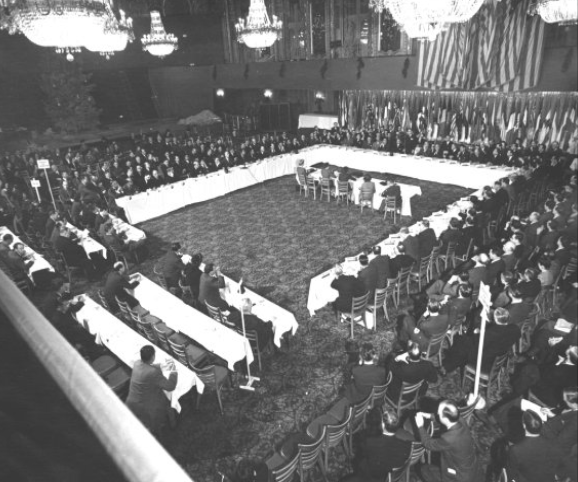
Representatives of 54 nations met at Chicago from November 1 to December 7, 1944, to "make arrangements for the immediate establishment of provisional world air routes and services". Also known as the Chicago Convention, this agency established the regulation of standards, safety and efficiency of all civil flights.
Today, the ICAO is funded and directed by 193 national governments to support their diplomacy and cooperation in air transport. It has made significant improvements in the world of aviation and has allowed for safer and more economical airliners.
1945
IATA formed
IATA formed

IATA was founded in Havana, Cuba, on 19 April 1945, to encourage inter-airline cooperation in promoting safe, reliable, secure and economical air services - for the benefit of the world's consumers. Starting with 51 members from 31 countries there are now over 300 members from 120 nations.
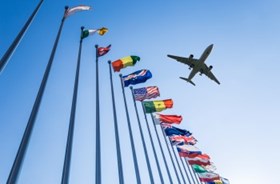
1960s
Package holidays
Package holidays
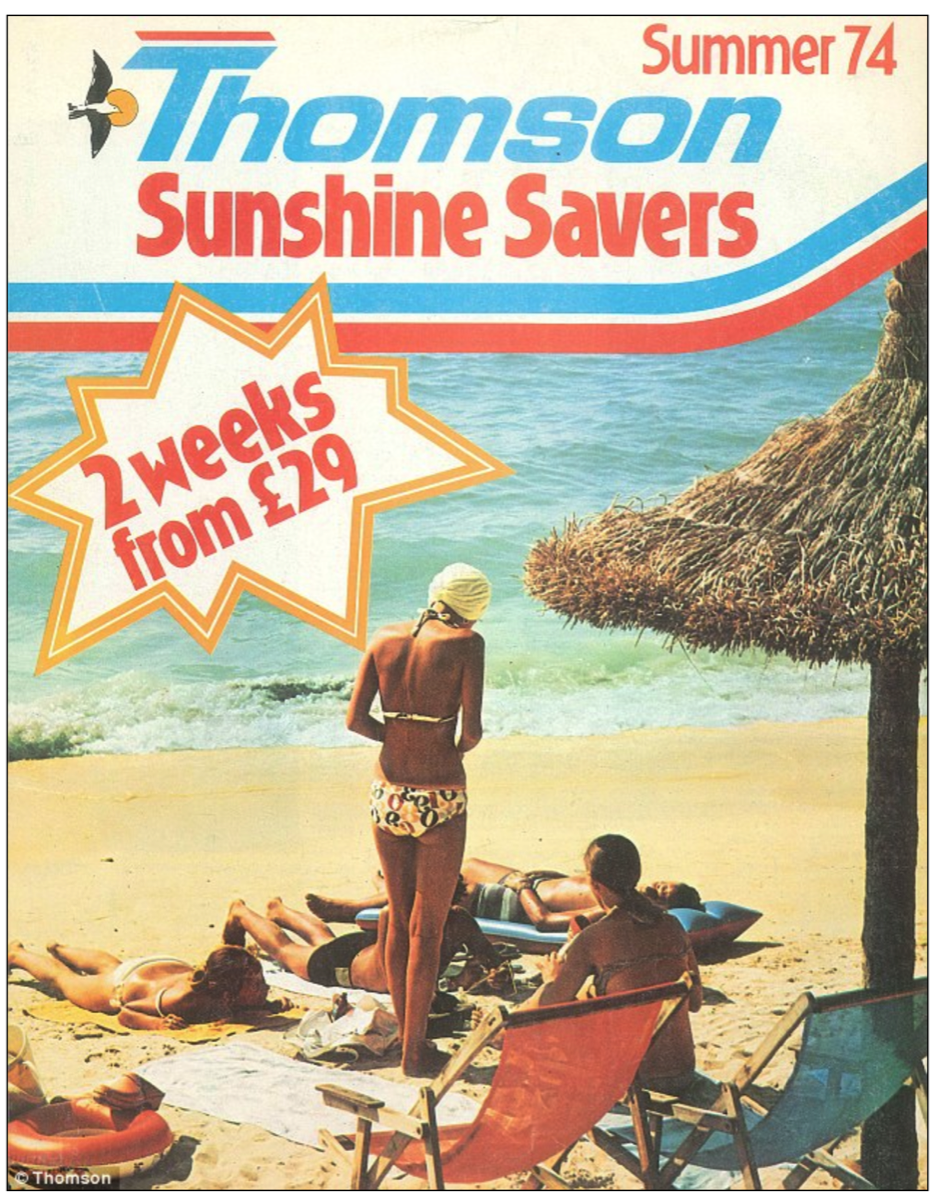
Credit: Thomson Holidays
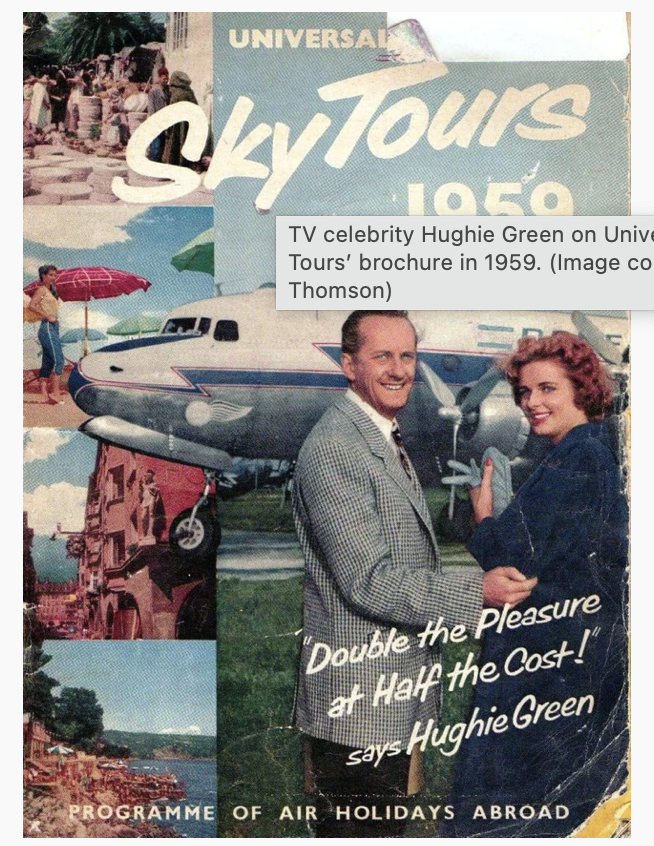
The booming 1960s economy and the desire to travel ignited the travel industry. Numerous small tour operators sprang up taking advantage of jet aircraft halving the travel tme to 2 hours to the meditteranean destinations. Thomson Holidays (TUI) was formed in 1965 and bought out many of these smaller operators and the charter airline Britannia. Thomson became the major player as its rival Clarksons collapsed in the early 1970s due to the oils crisis. In the 1960s Clarksons grew rapidly with the 'pile it high, sell it cheap' mantra - they helped build hotels in Benidorm for their exclusive use, transforming the once small coastla village into the high rise destination it now is.
1971
Budget airlines
Budget airlines
In the UK's first budget airline 'SkyTrain' by Laker Air started in 1977, flying between London and New York. Competition lowered prices which eventually caused Laker Air to go bankrupt in 1982.
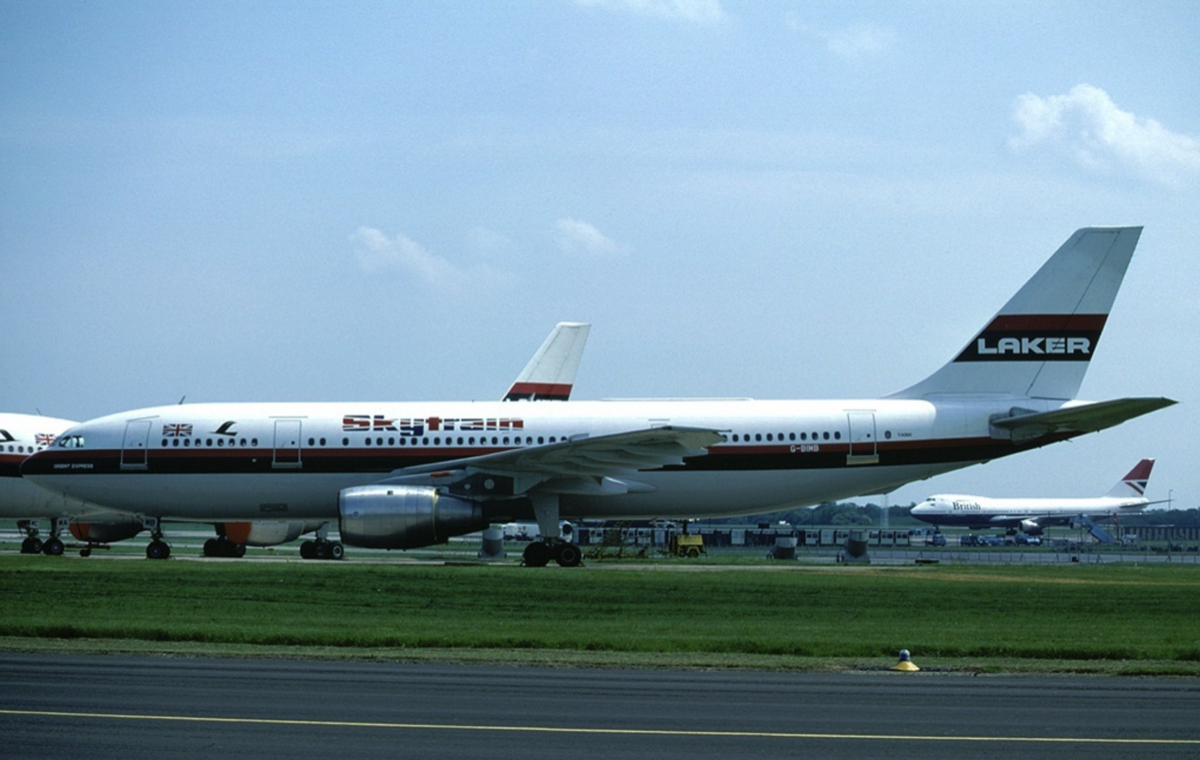
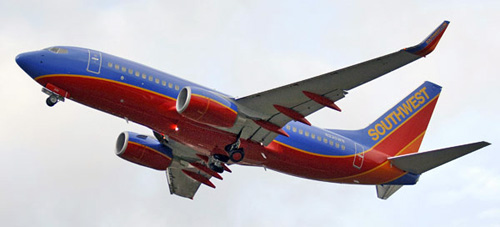
In early 1971, Air Southwest changed its name to Southwest Airlines, and the first flight was on June 18, 1971. Its first flights were from Dallas to Houston and San Antonio, short hops with no-frills service and a simple fare structure, features that became the basis for Southwest’s popularity and rapid growth in the coming years.
Budget airlines reappeared in the UK in 1985 with the introduction of Ryanair, initially operating Ireland to London before expanding all over Europe.
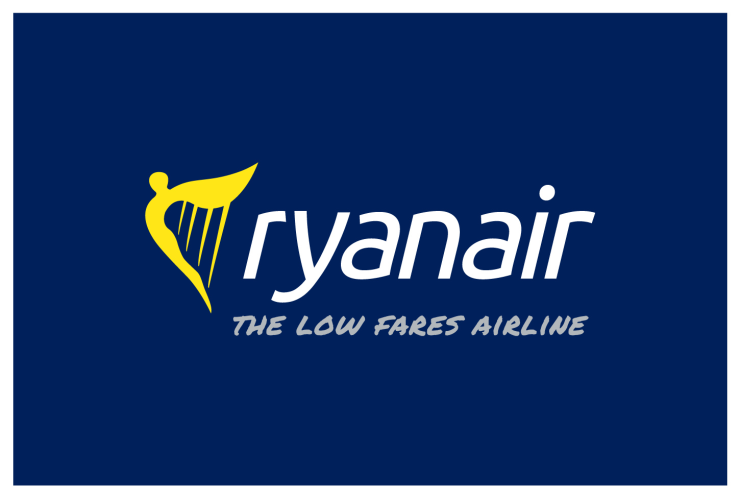

1970s
Long haul
Long haul
Alfred Kuoni launched his travel agency in Switzerland in 1906. He was an adventurer and explorer, opening up new destinations and experiences across the globe. Kuoni grew to be the biggest travel company in Switzerland and openied in UK in 1965. Kouni became the leading long haul tour operator.
In 1970, Kuoni takes 2000 UK visitors to the Expo 70 exhibition in Japan, and introduces the first holiday charter flight to the Far East.
In 1984, Kuoni operates the first chartered Concorde flight to the Caribbean.
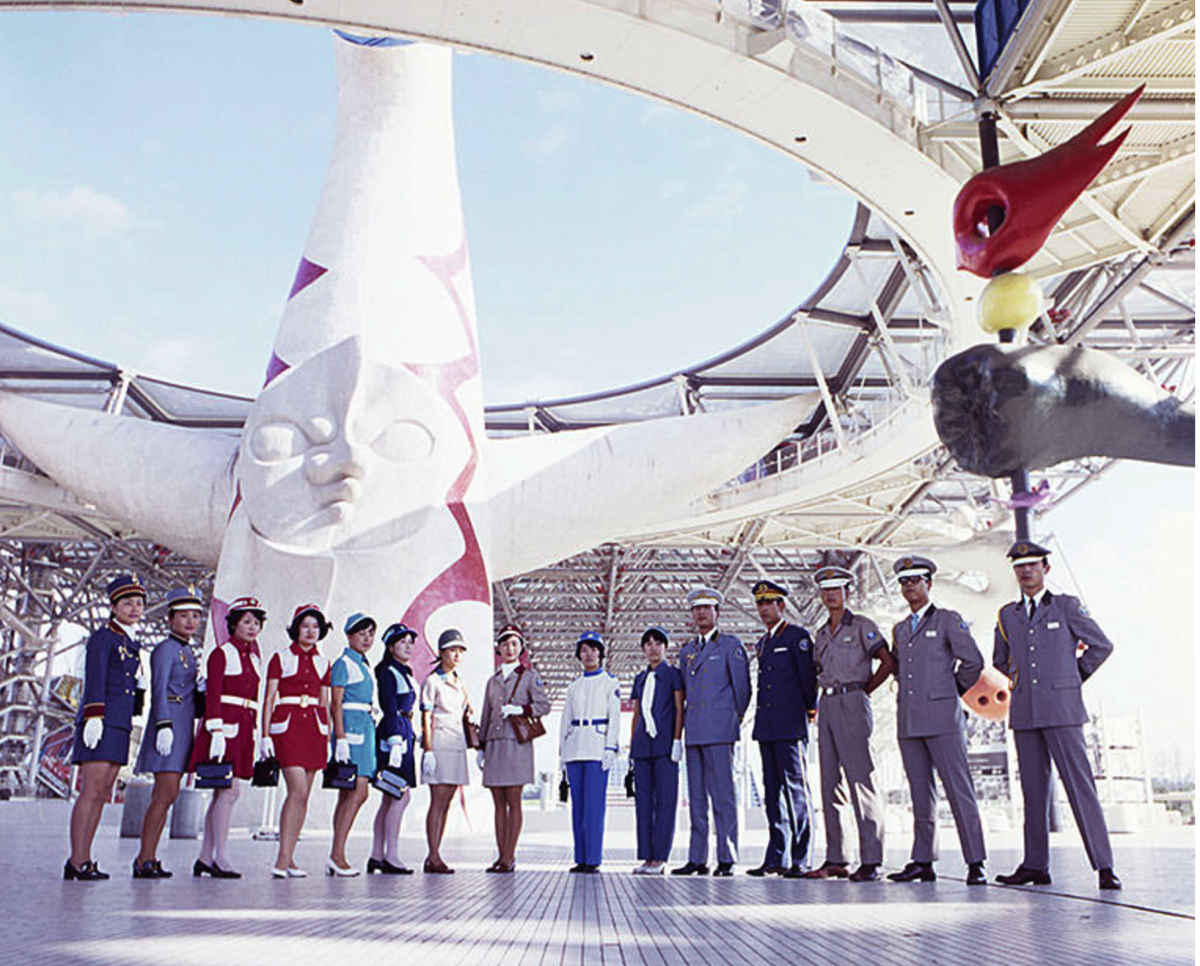
Japan Expo 70
1980s
Package holidays
Package holidays
Package holiday companies were restricted in how they coulkd charge until the 1980s when the demand for cheaper foriegn package holidays became unstoppable.
During the 1960s + 1970s, many European countries and Spain in particular built tourist holidays to boost their economies. At the same time faster, larger and more efficient aircraft meant that package holidays were very affordable to a range of destinations.
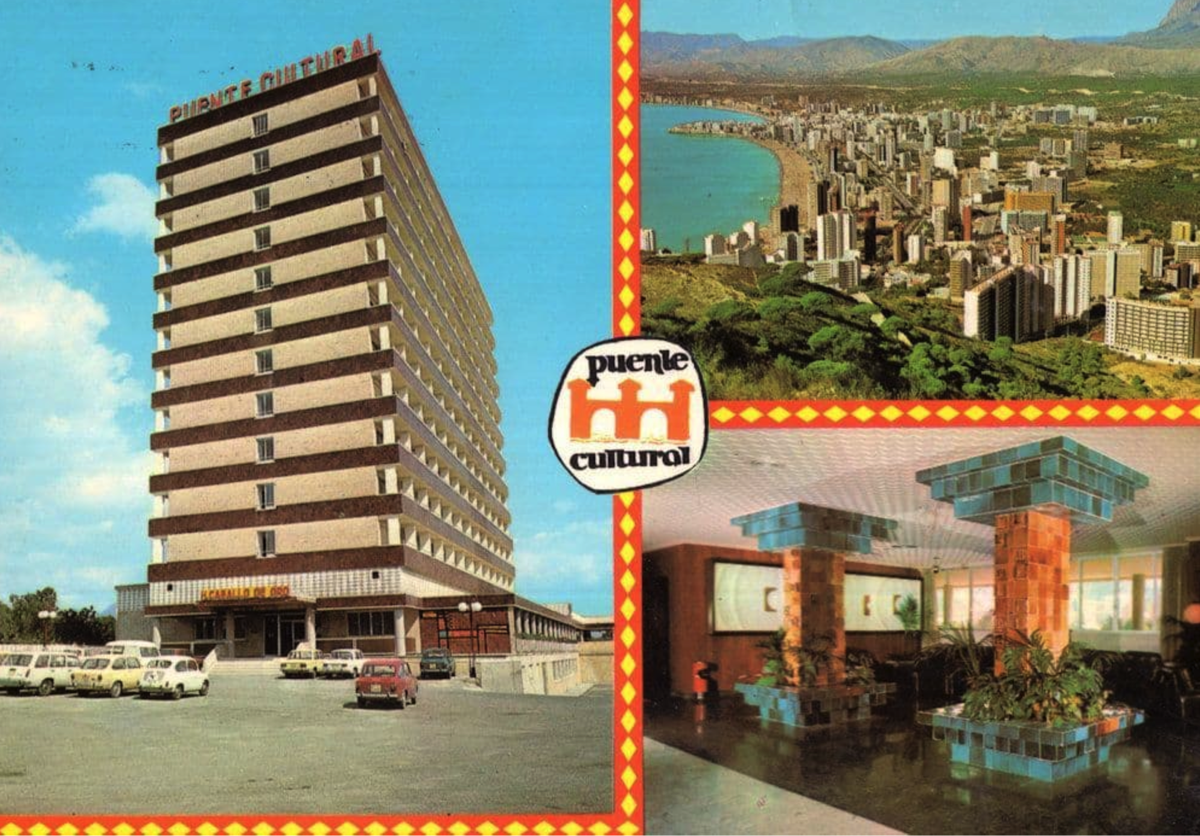
Spanish postcard
1982
Ecotourism
Ecotourism
The term 'ecotourism' appeared for the first in the Oxford Dictionary in 1982.
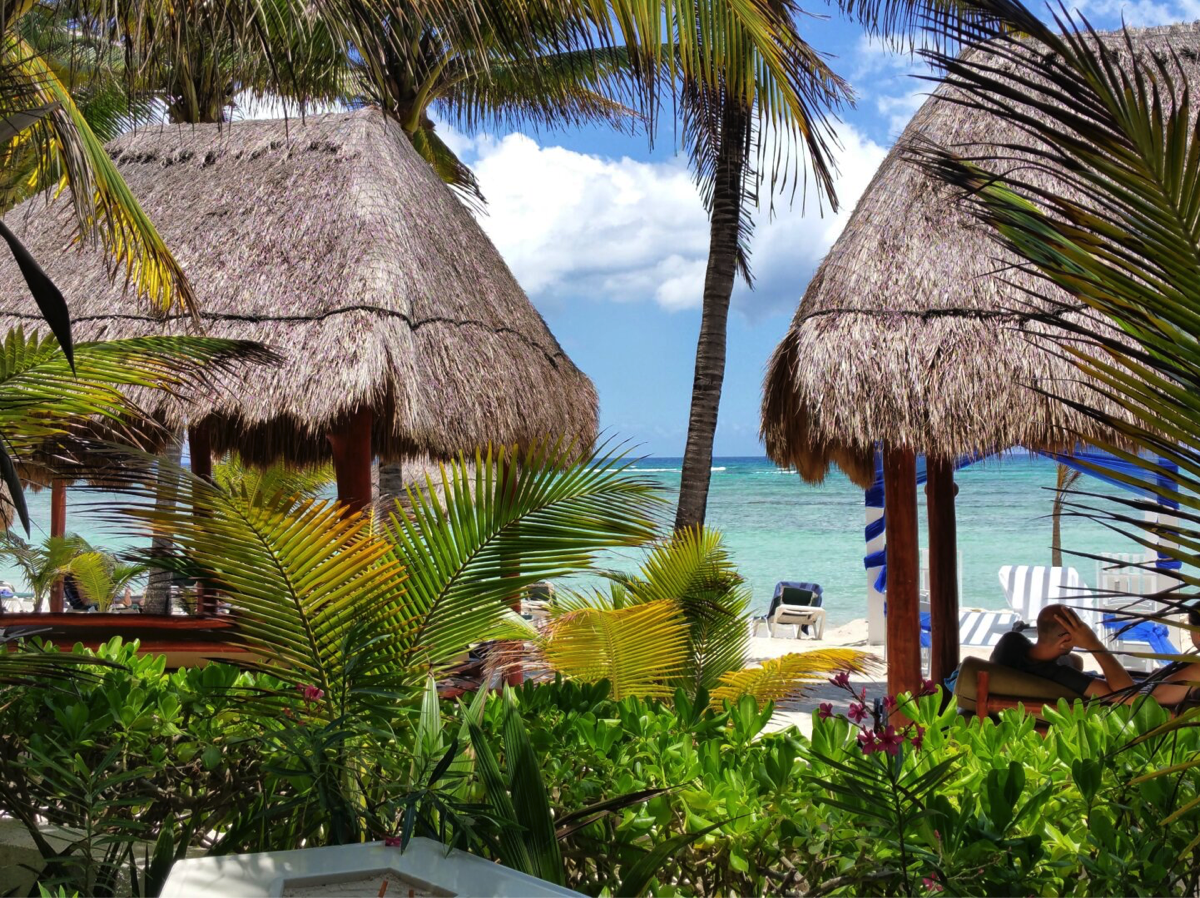
There was a growing awareness in the late 1970s and earlky 1980s that mass tourism was adversely affecting the environment. Ecotourism attracted people who wanted to learn about different environments without causing the environmental harm or damage associated with other forms of tourism.
2001
Space tourism
Space tourism
